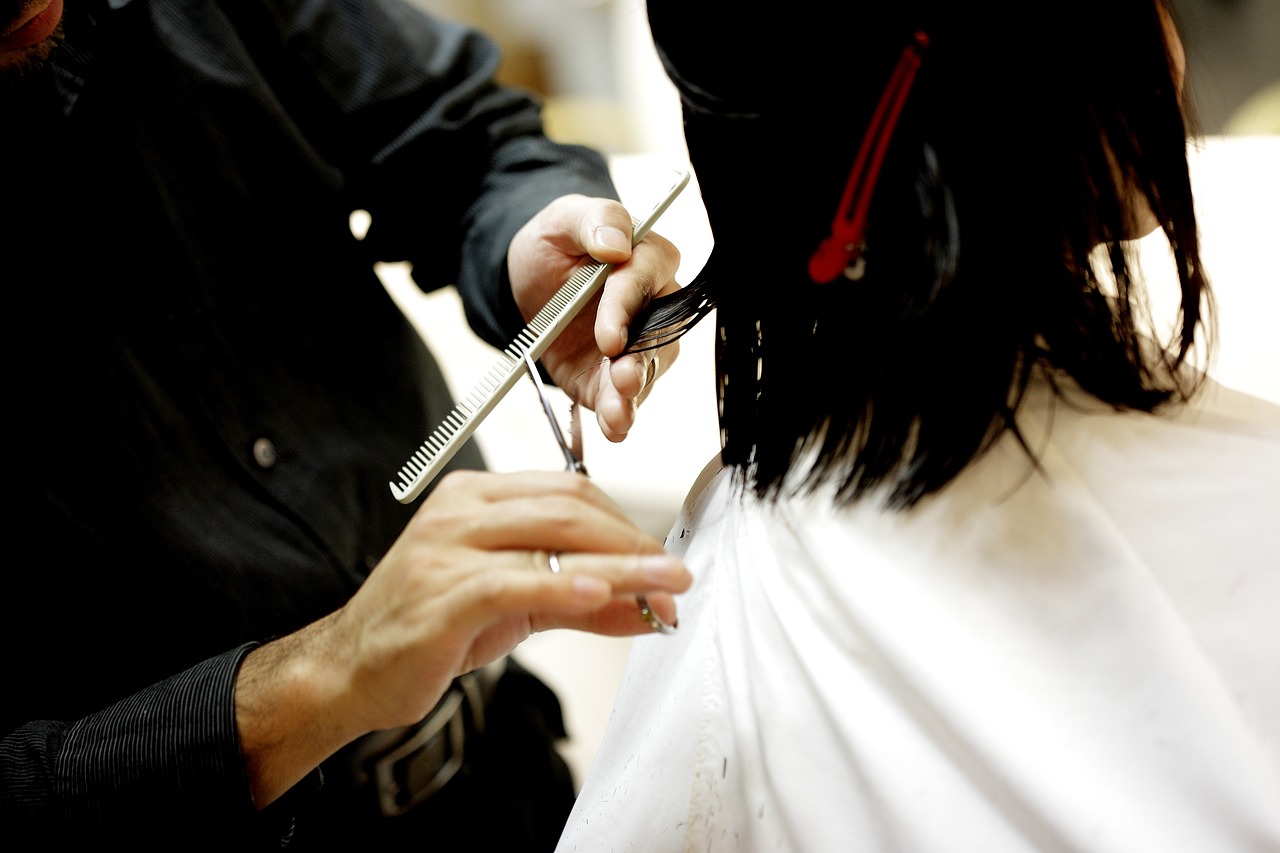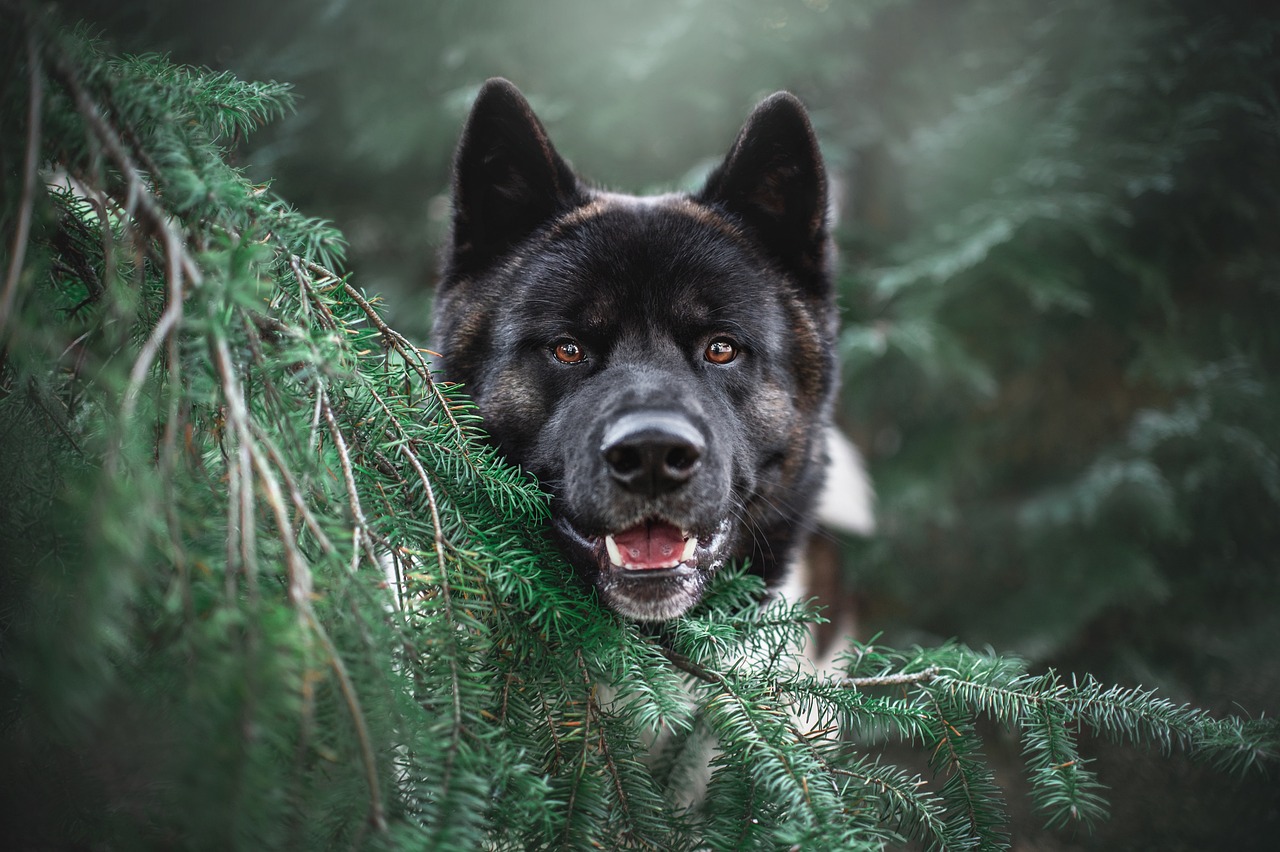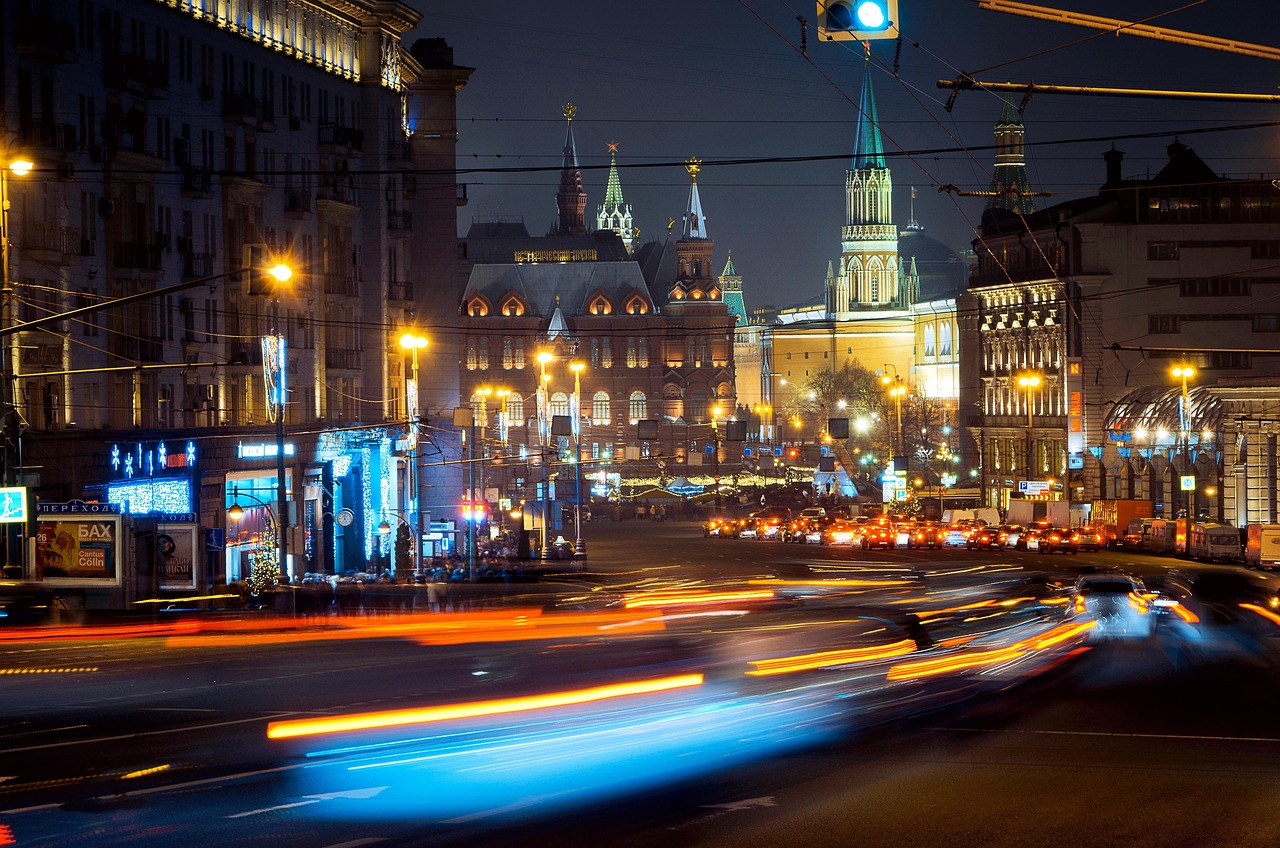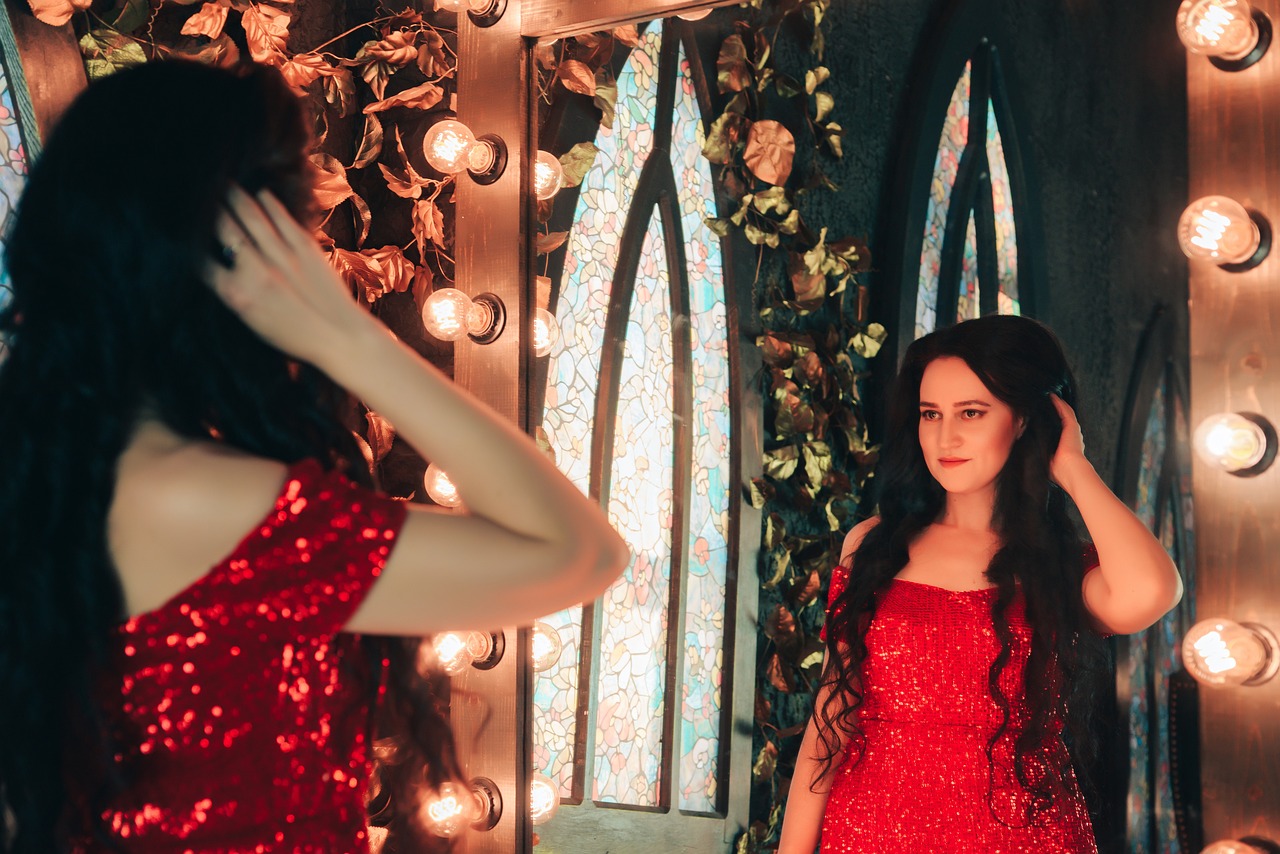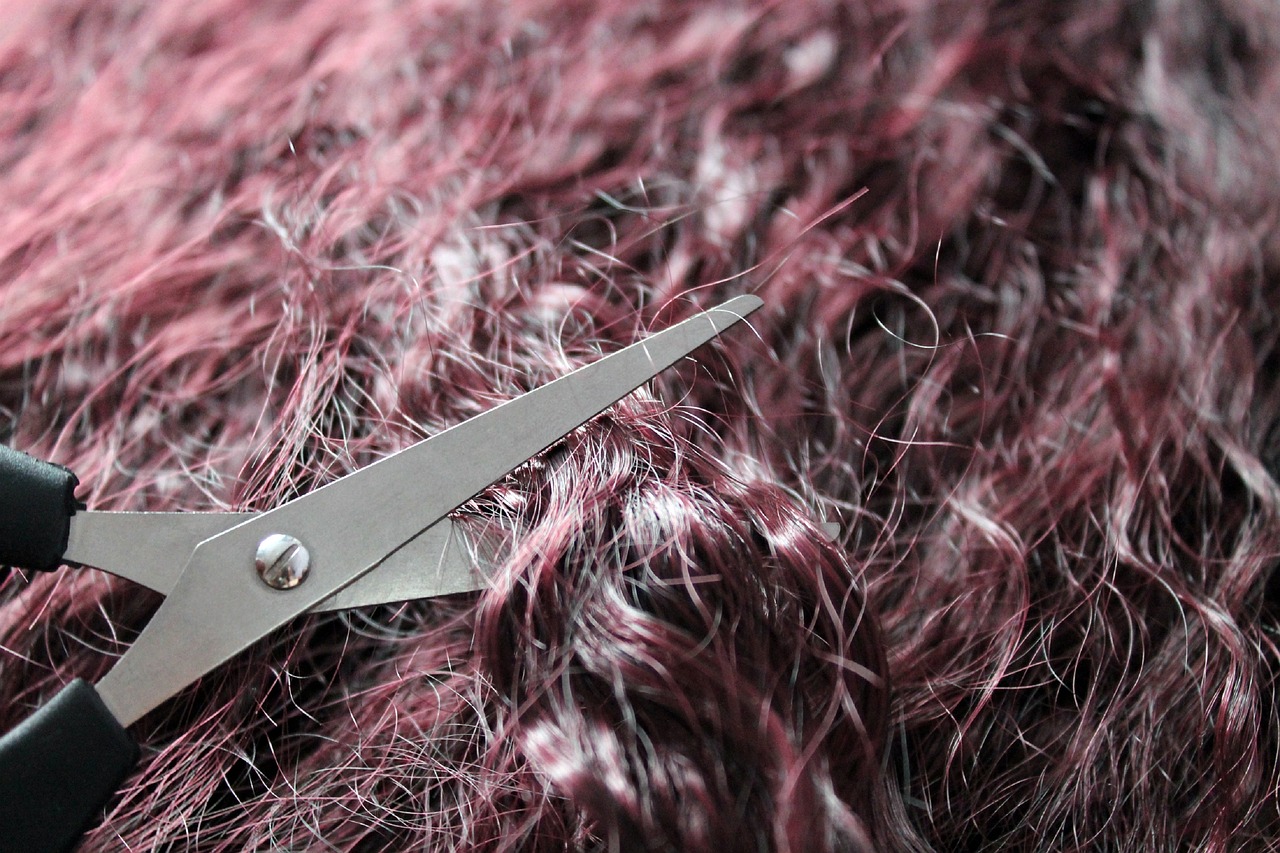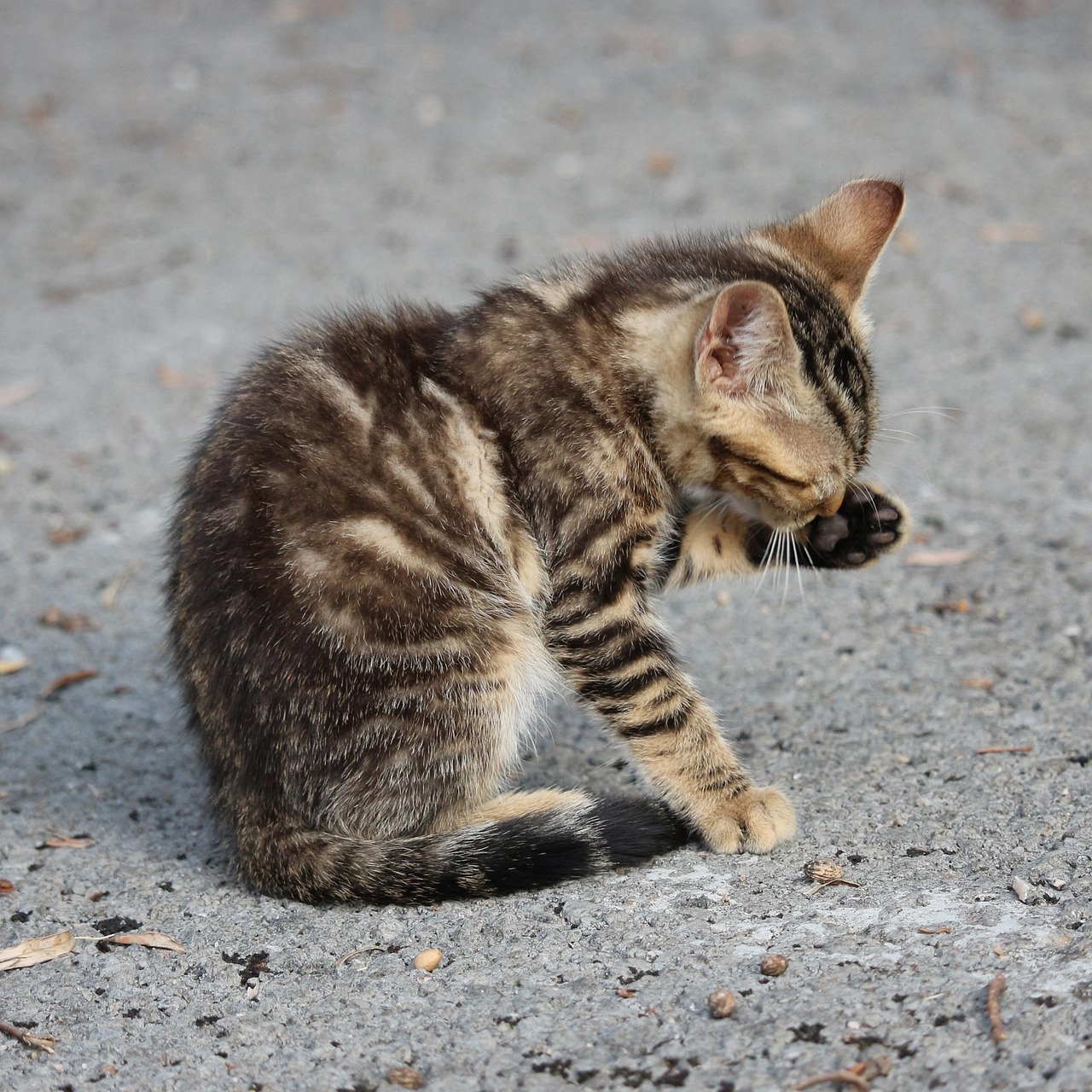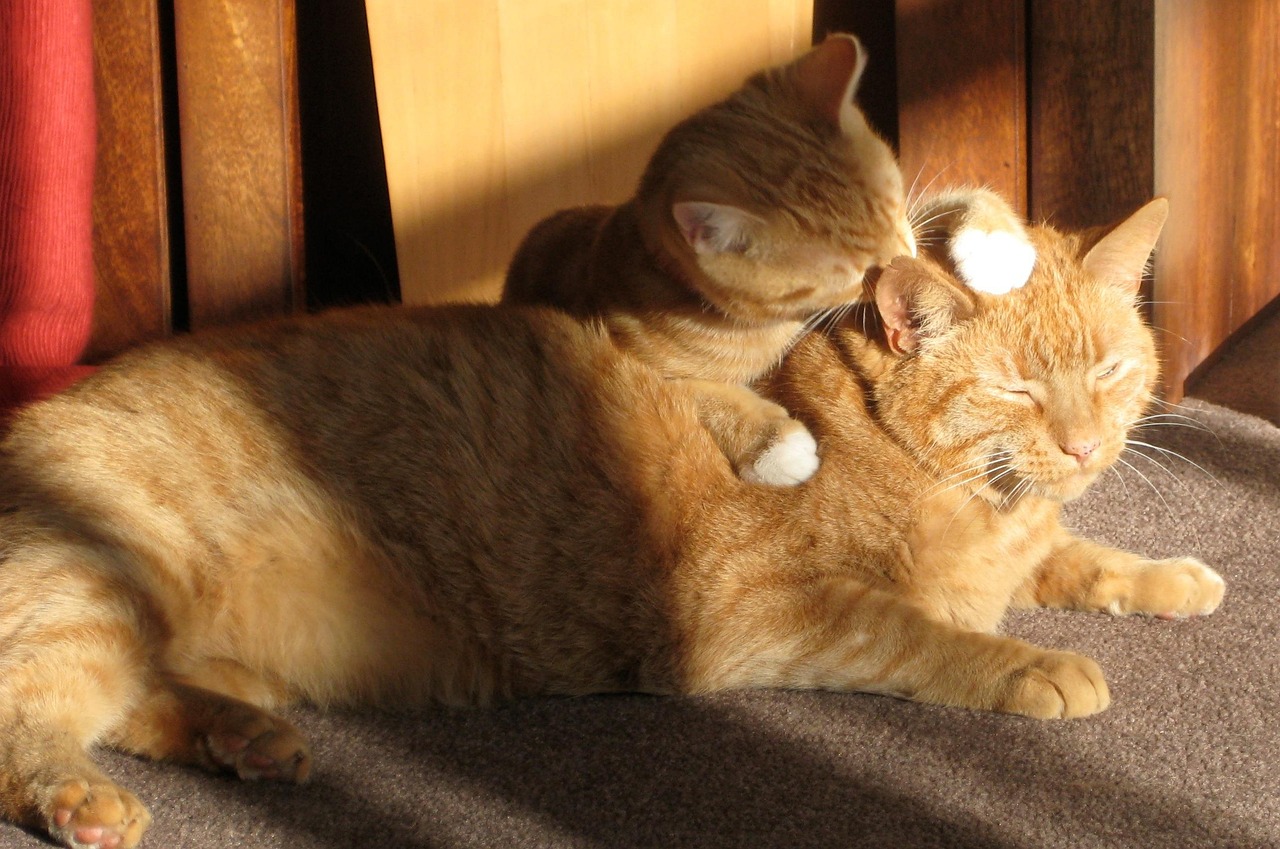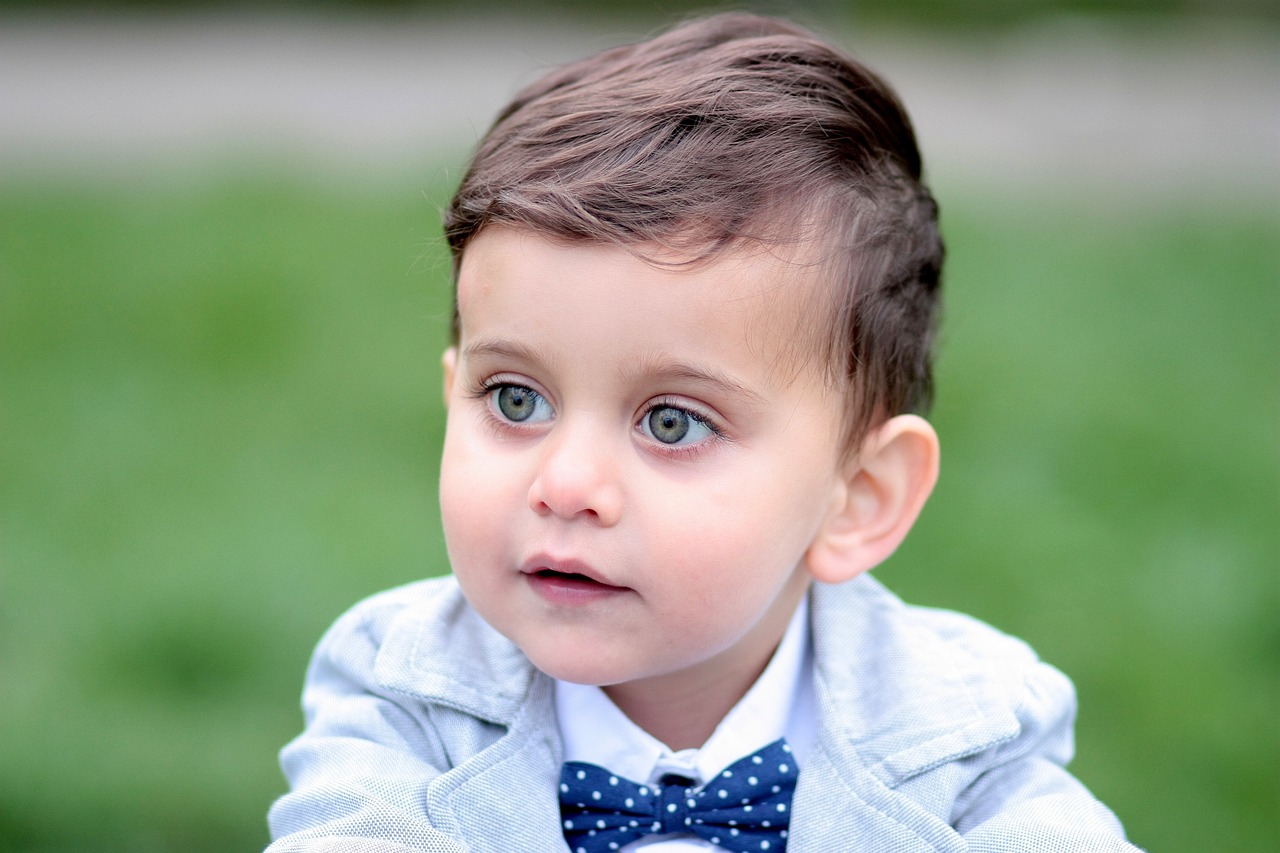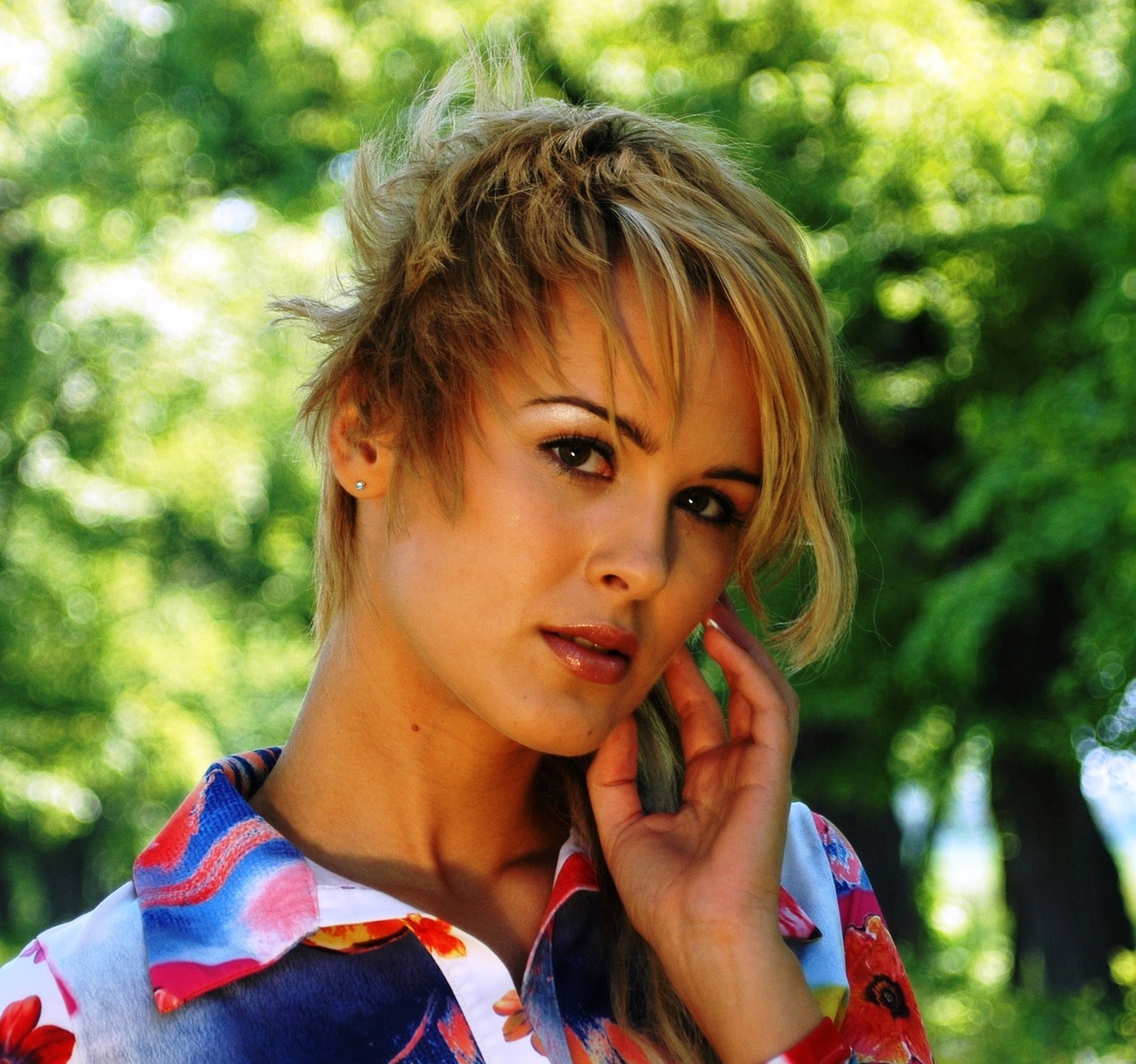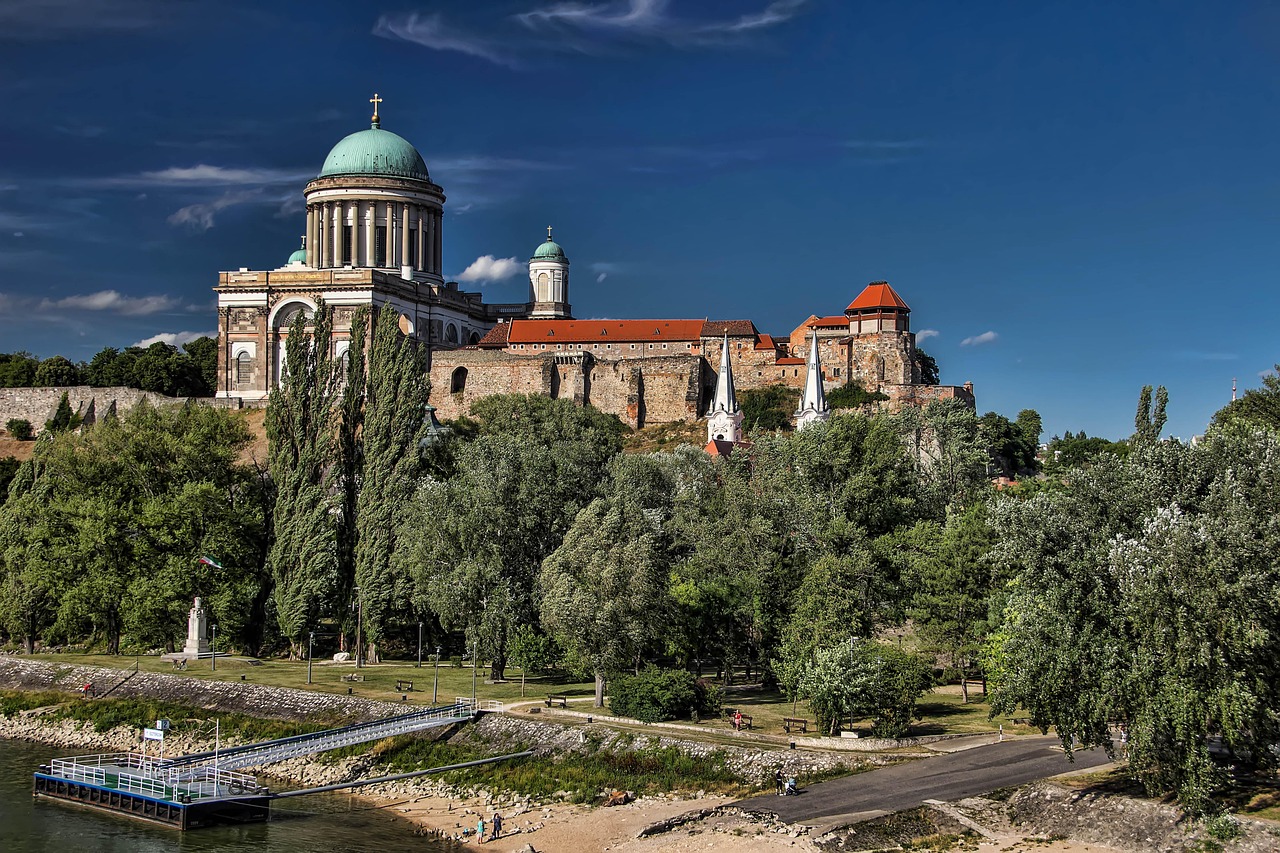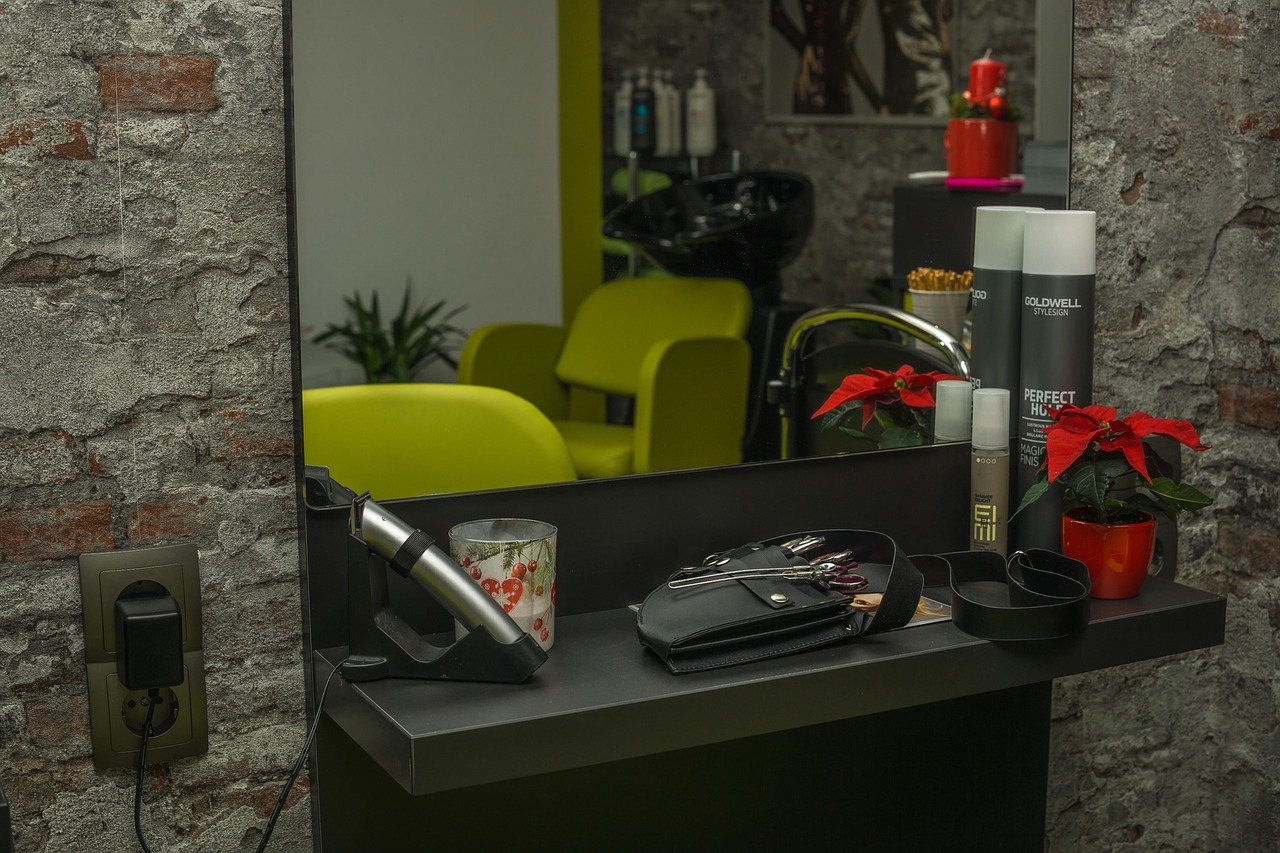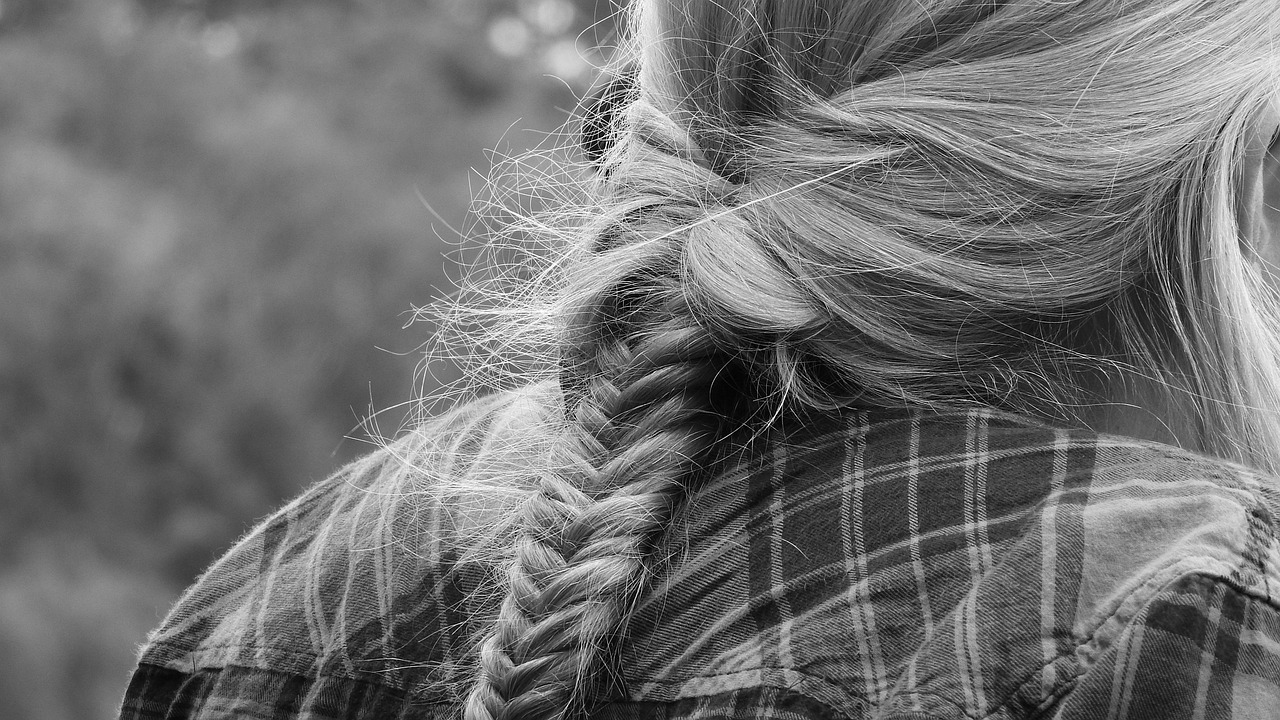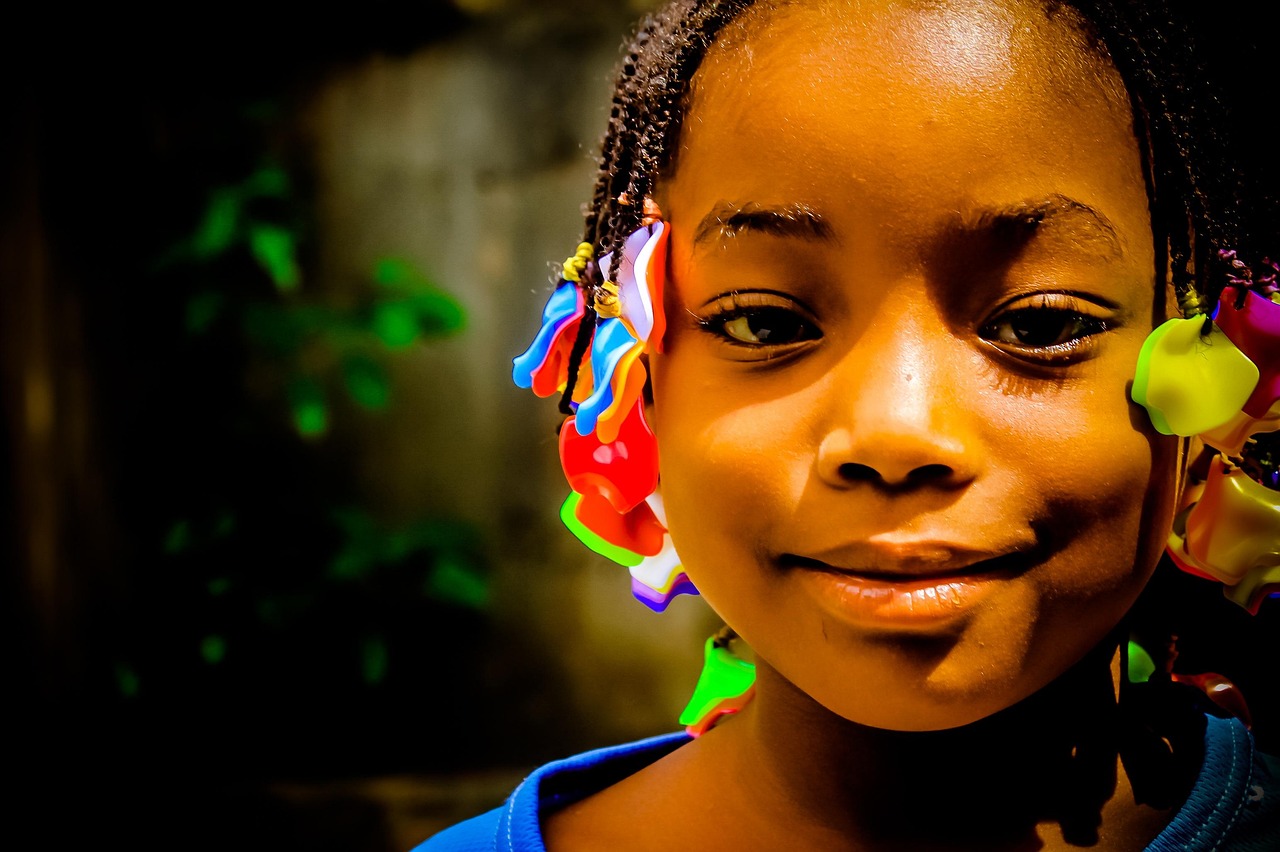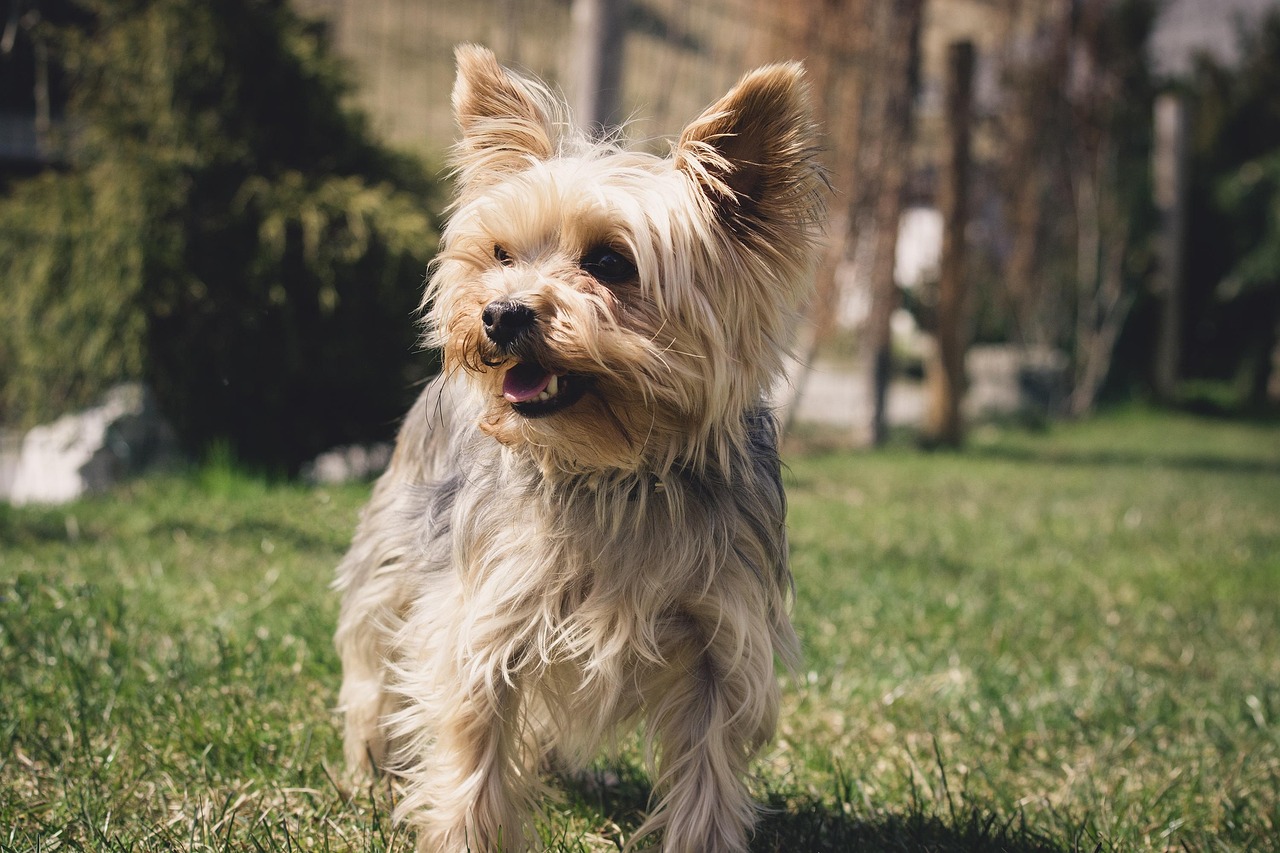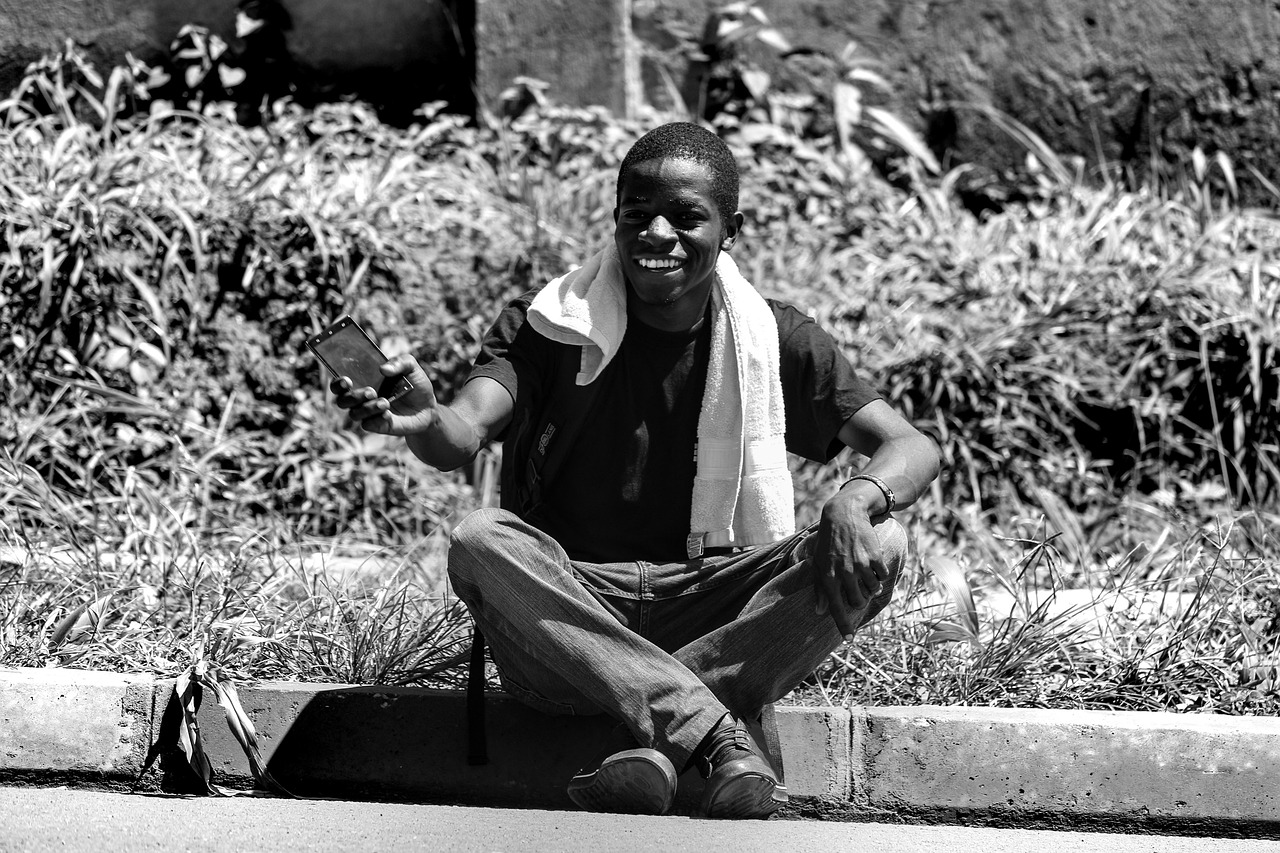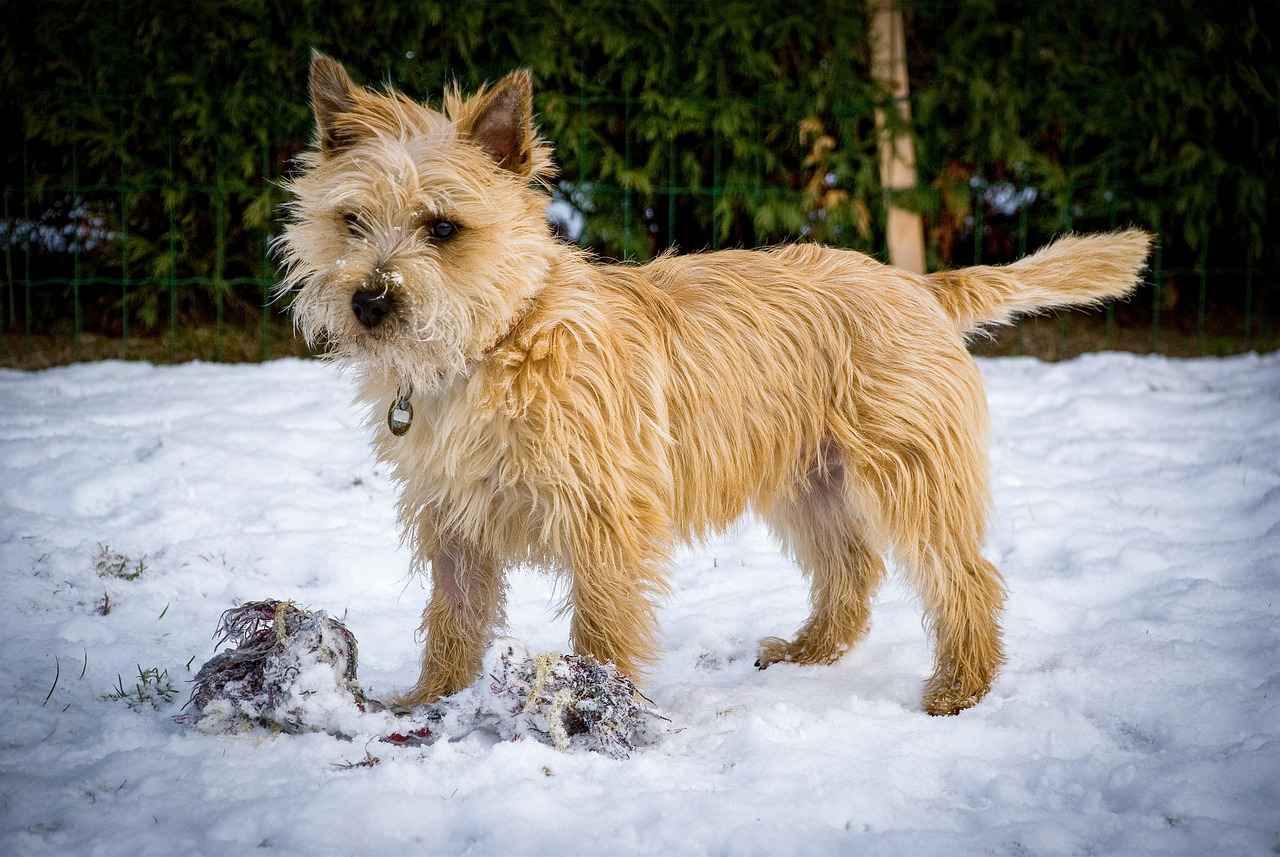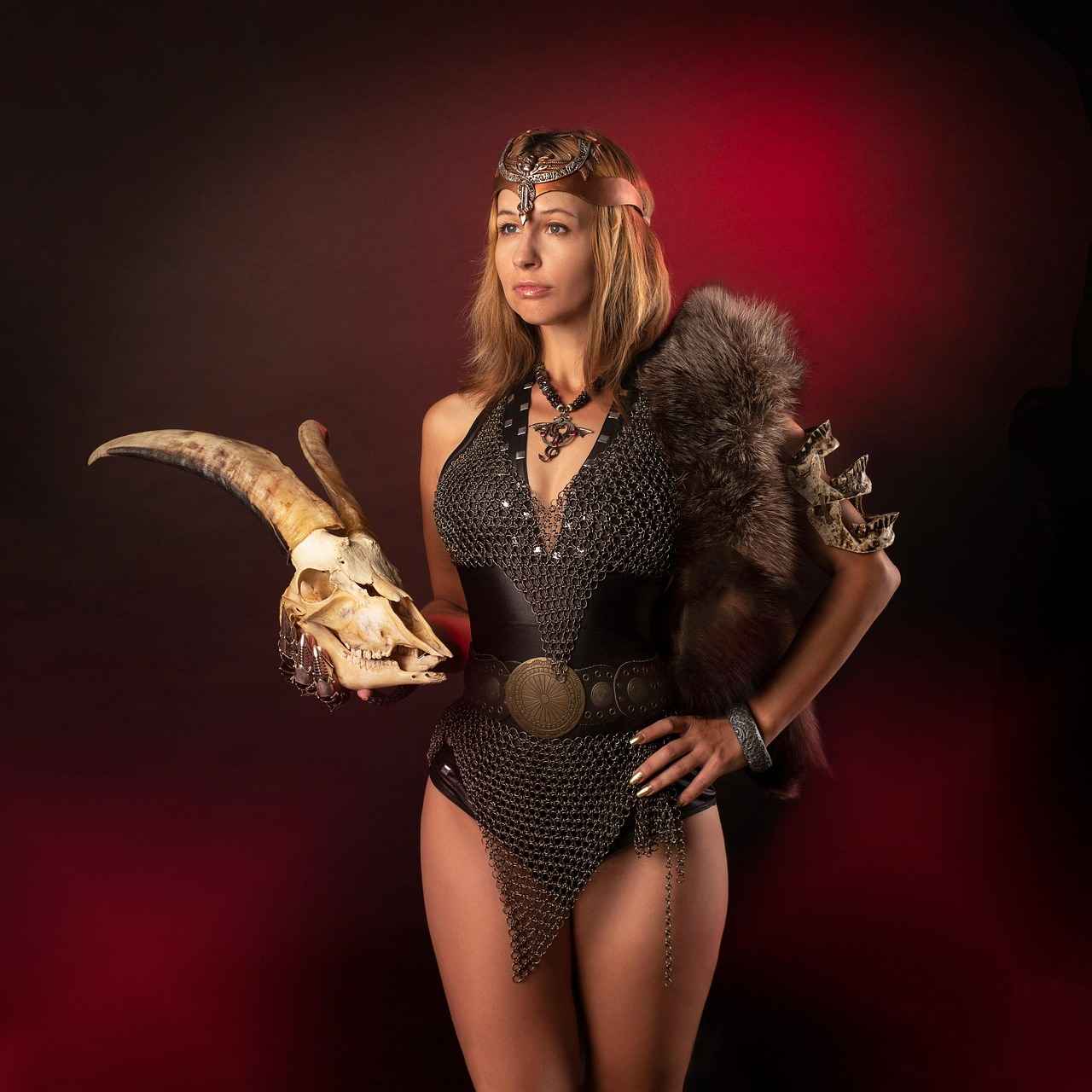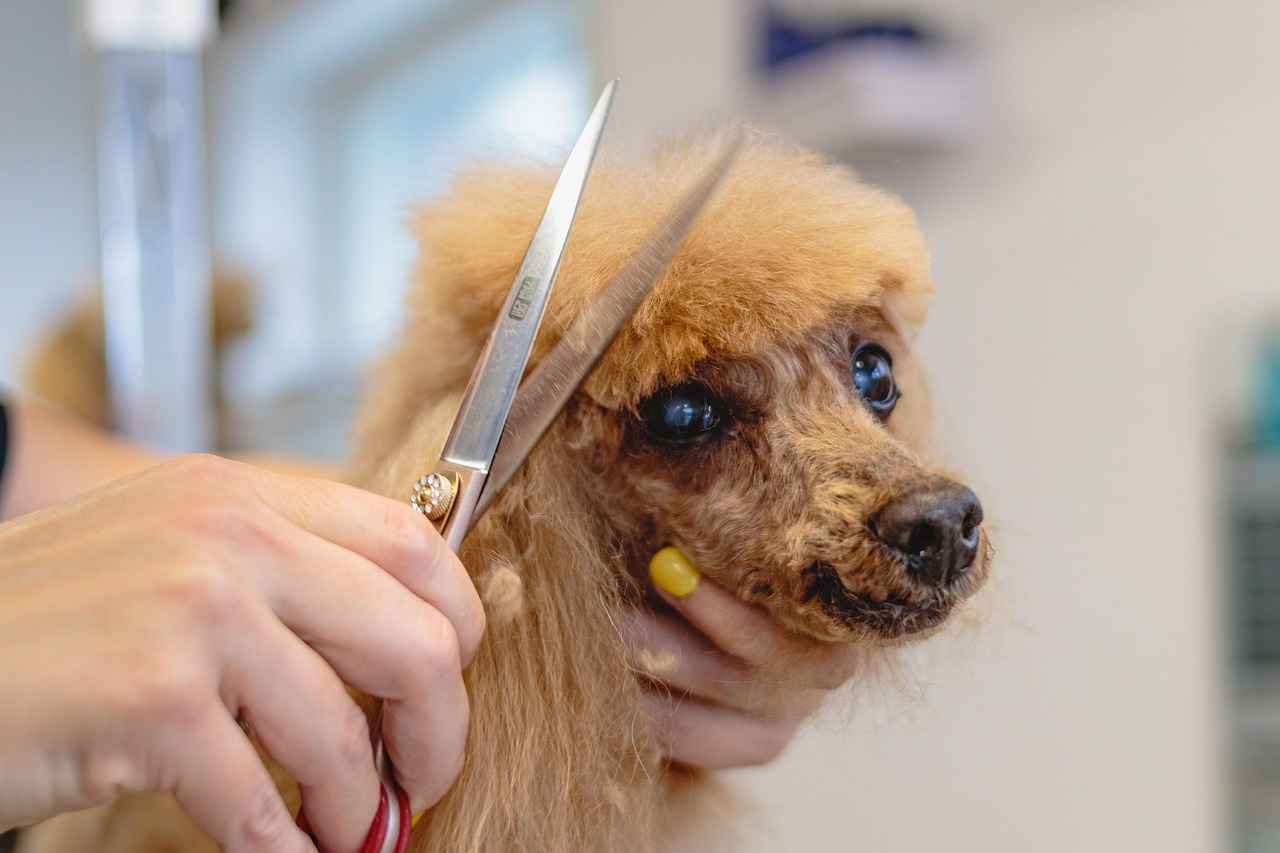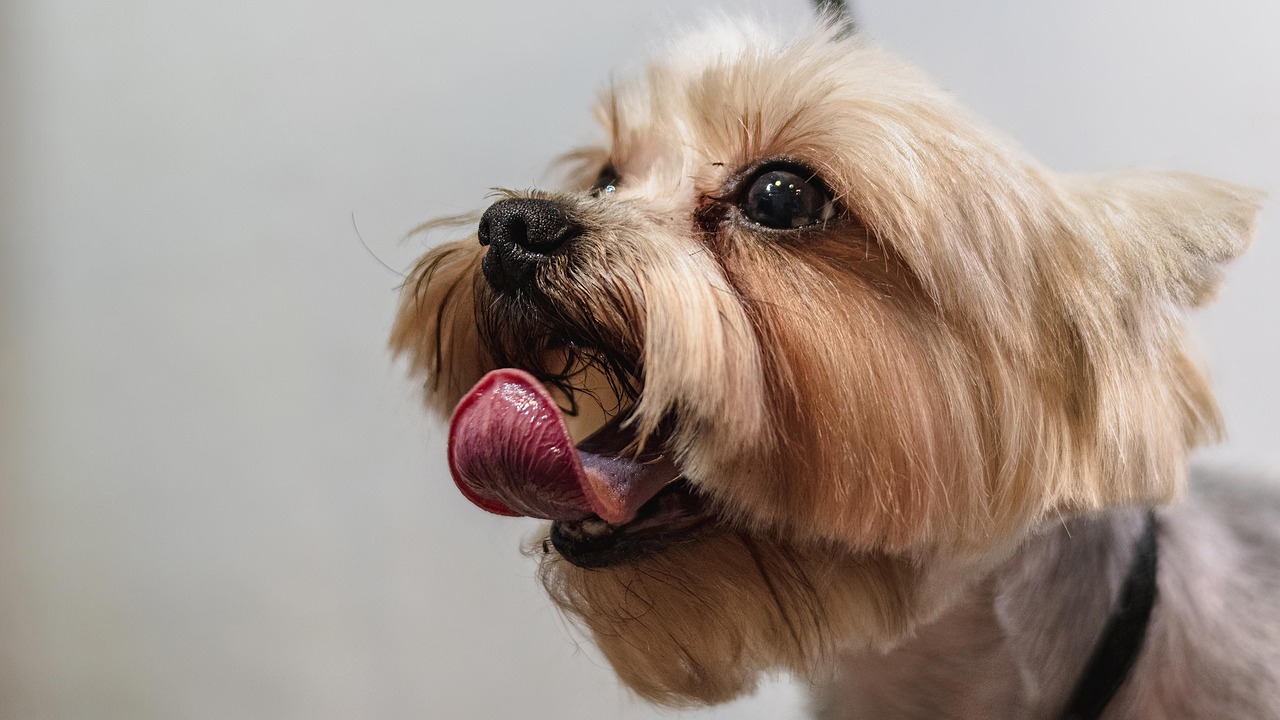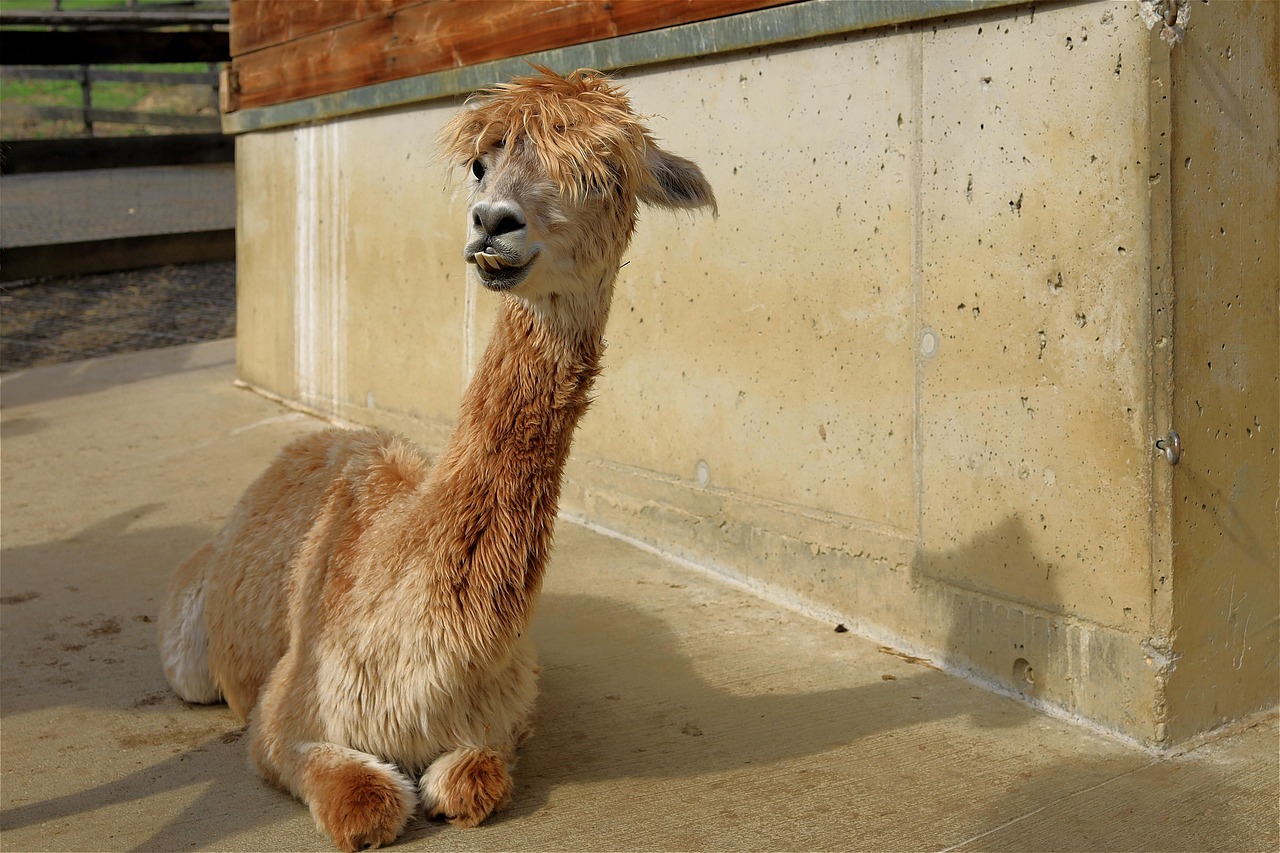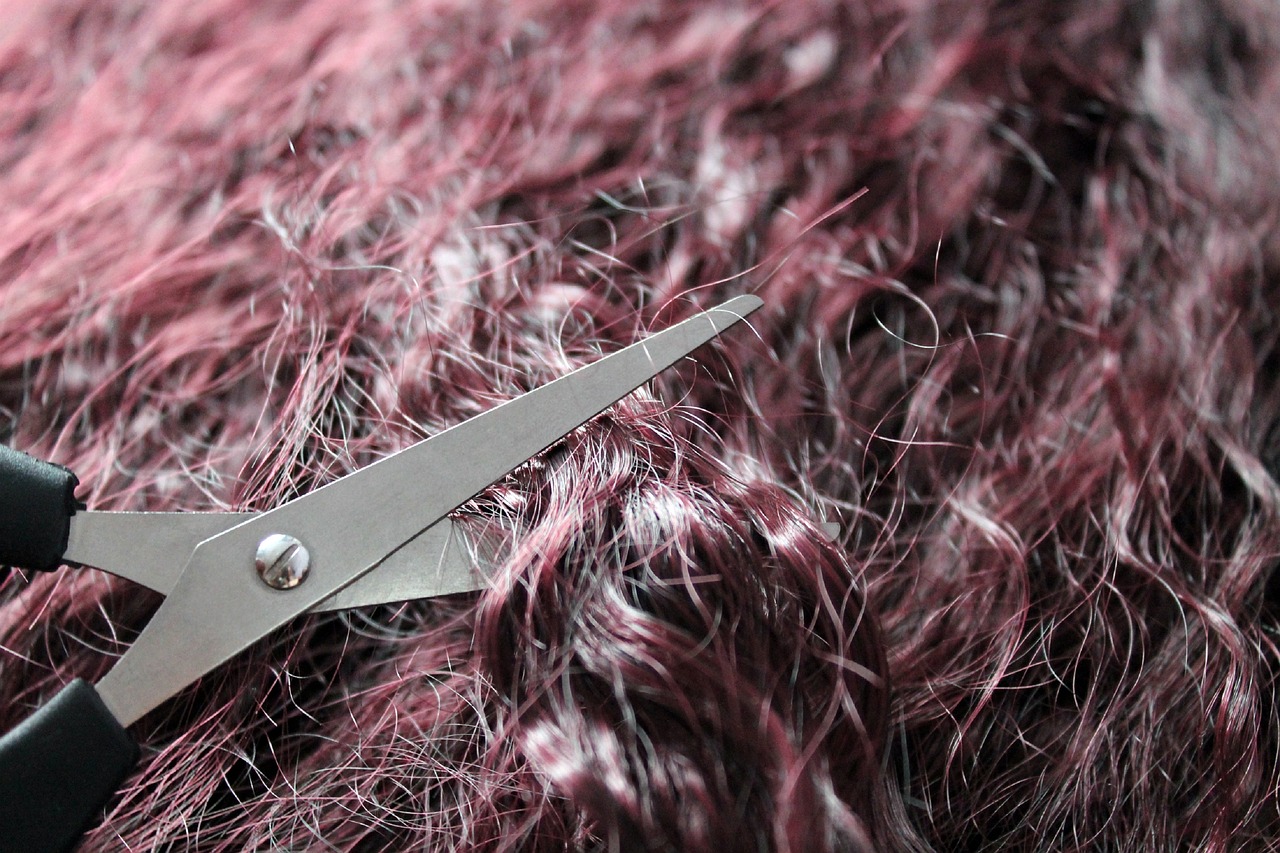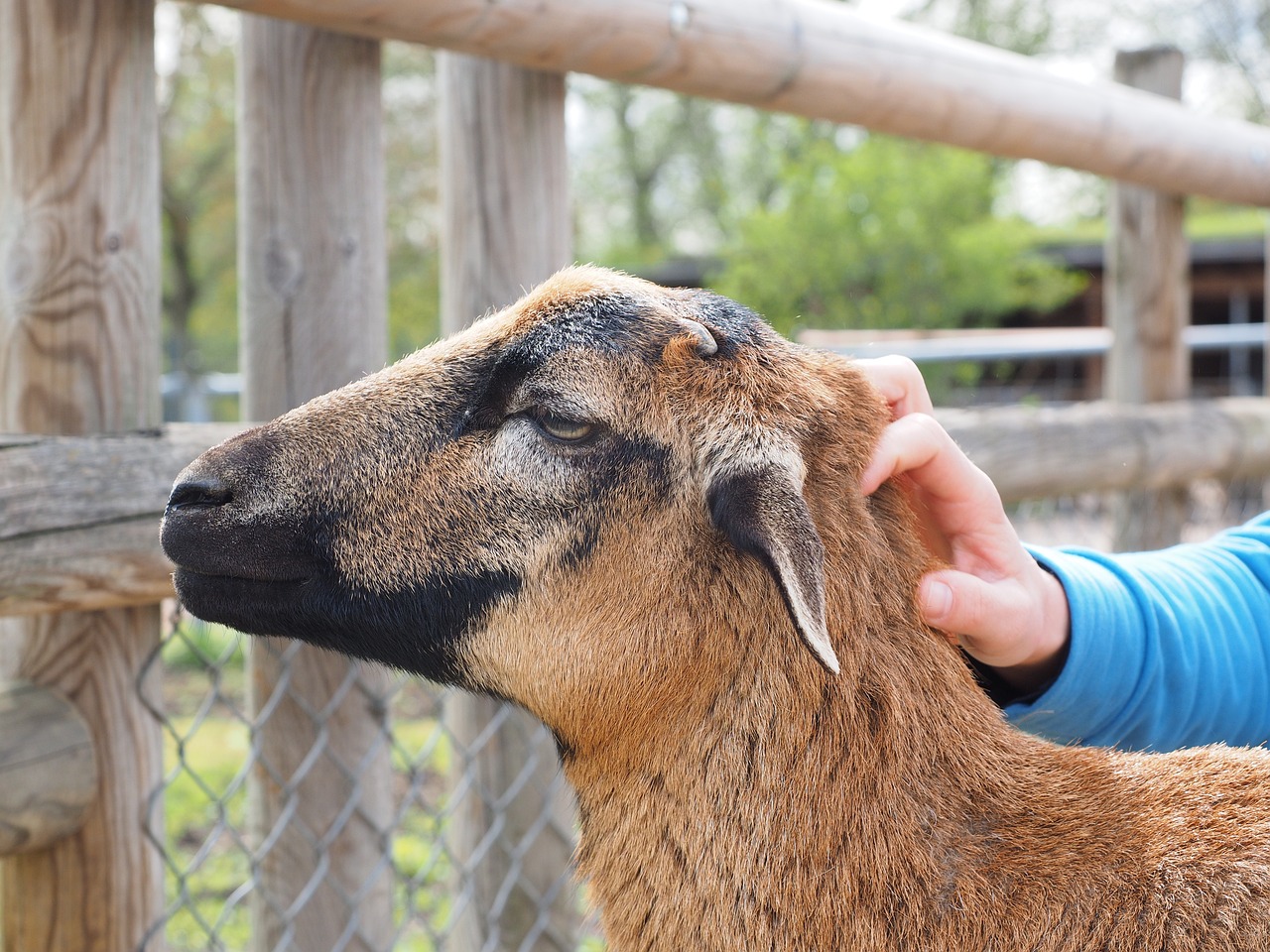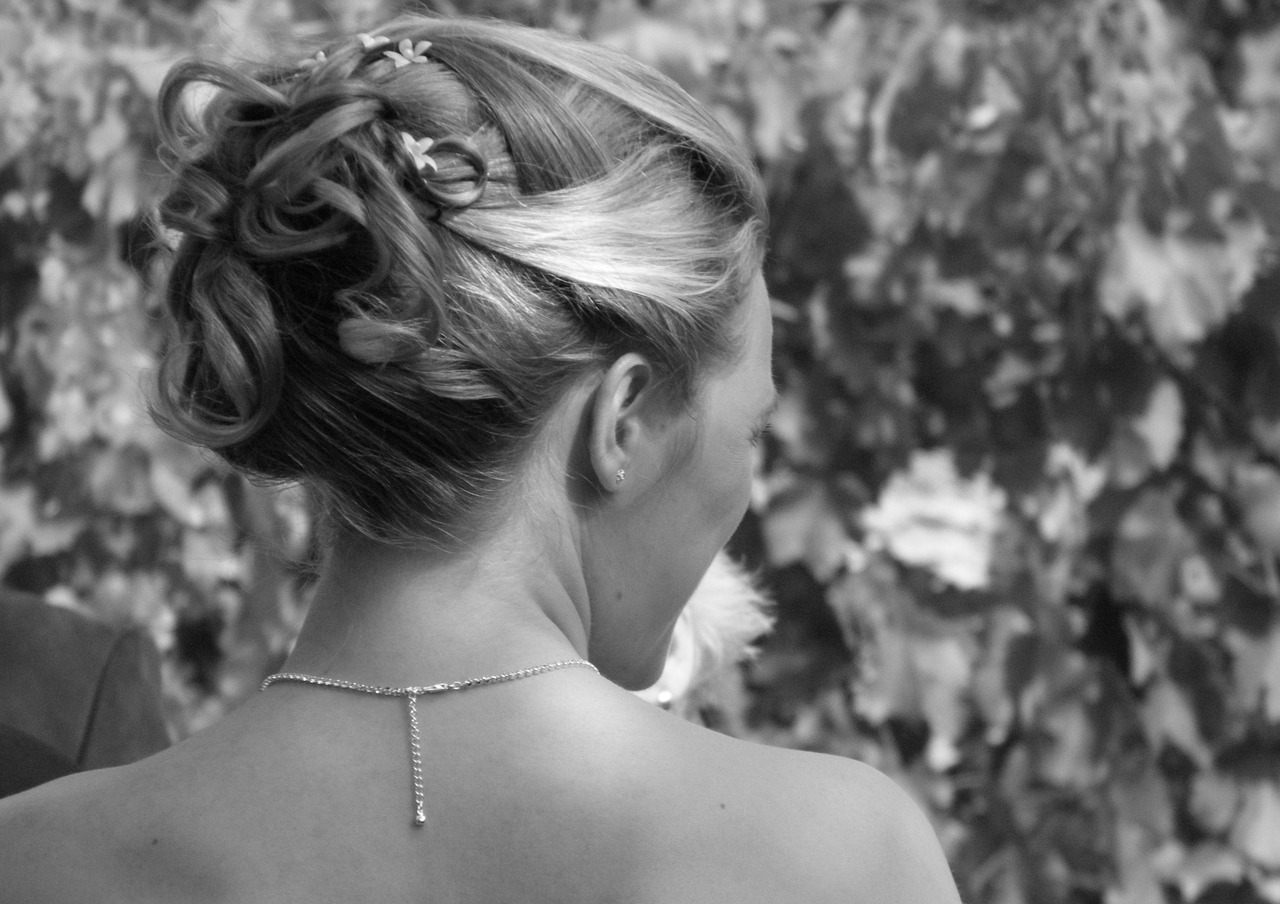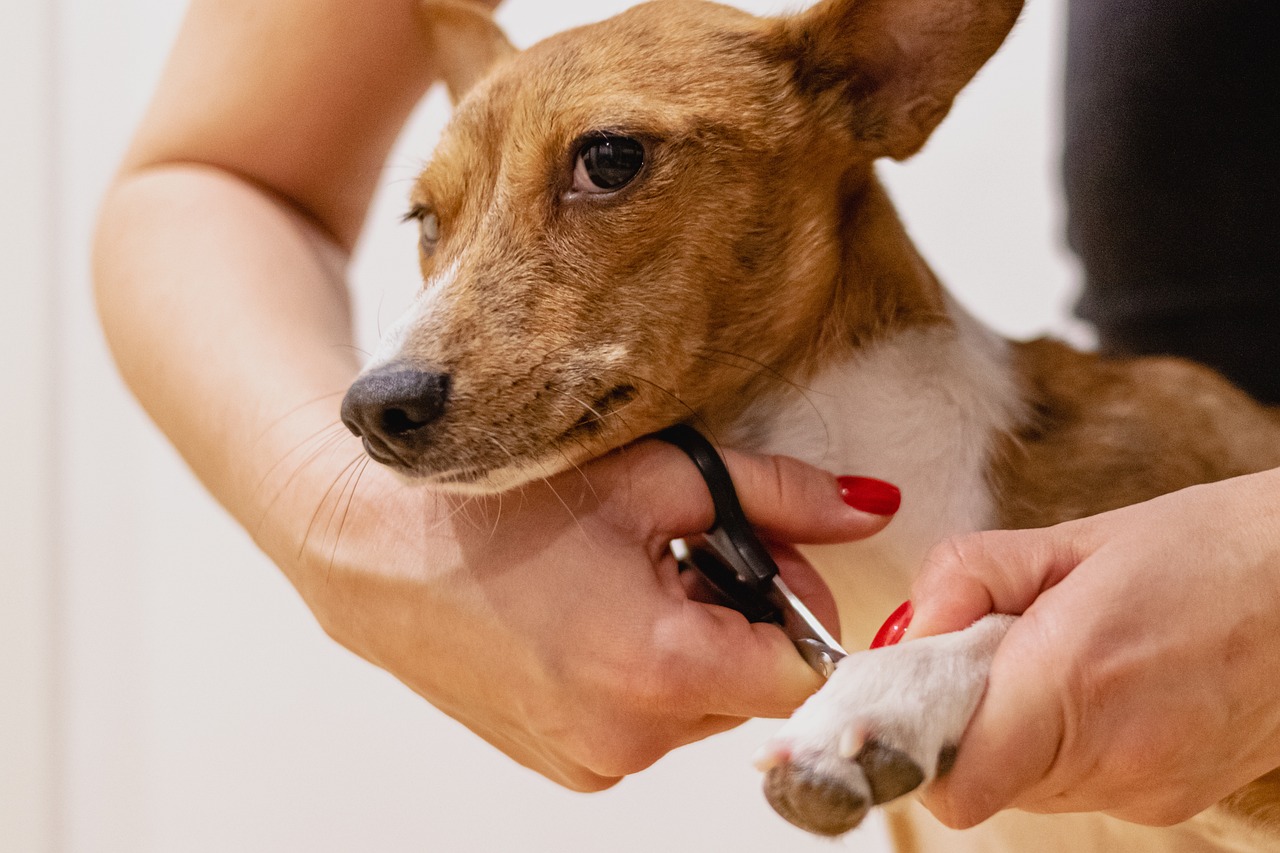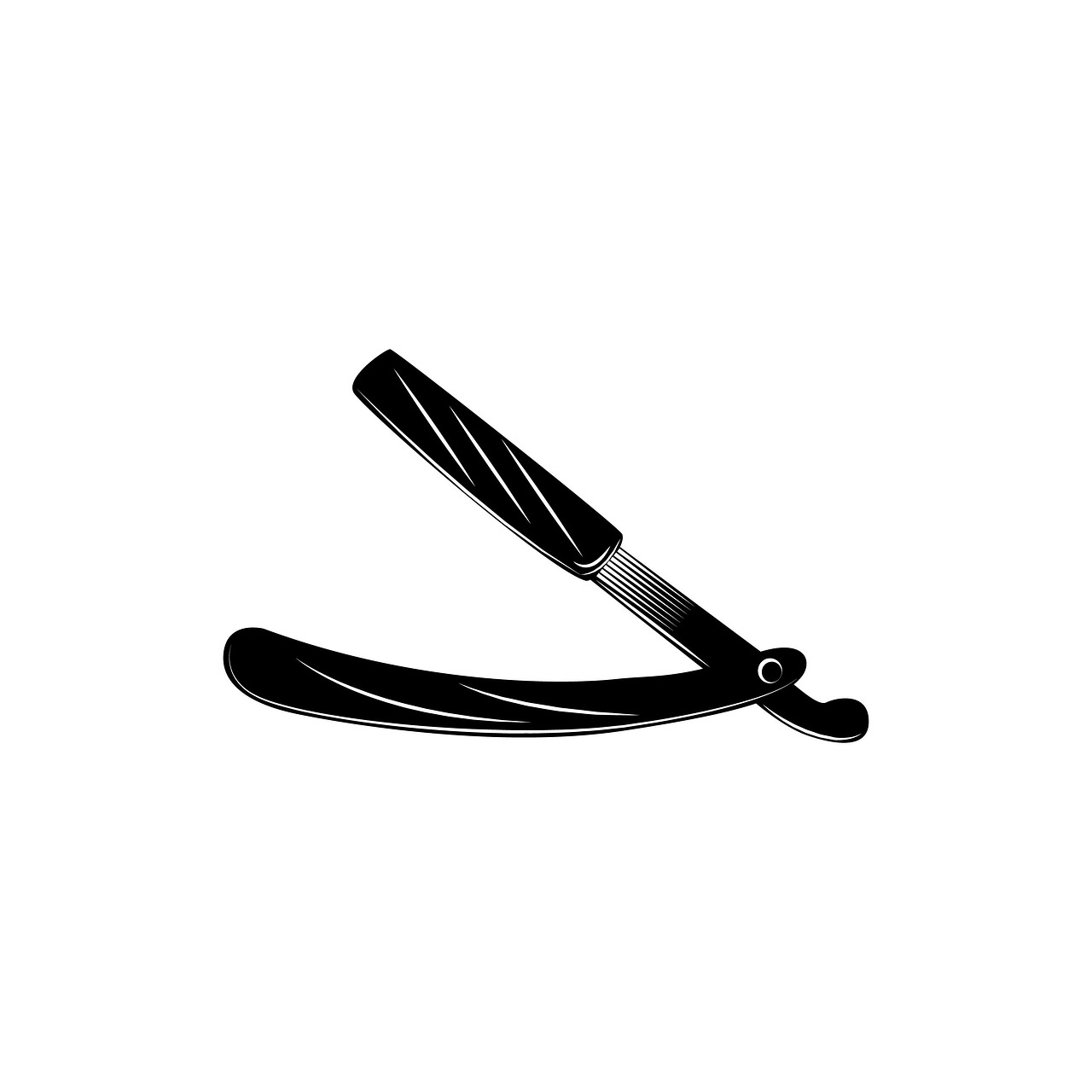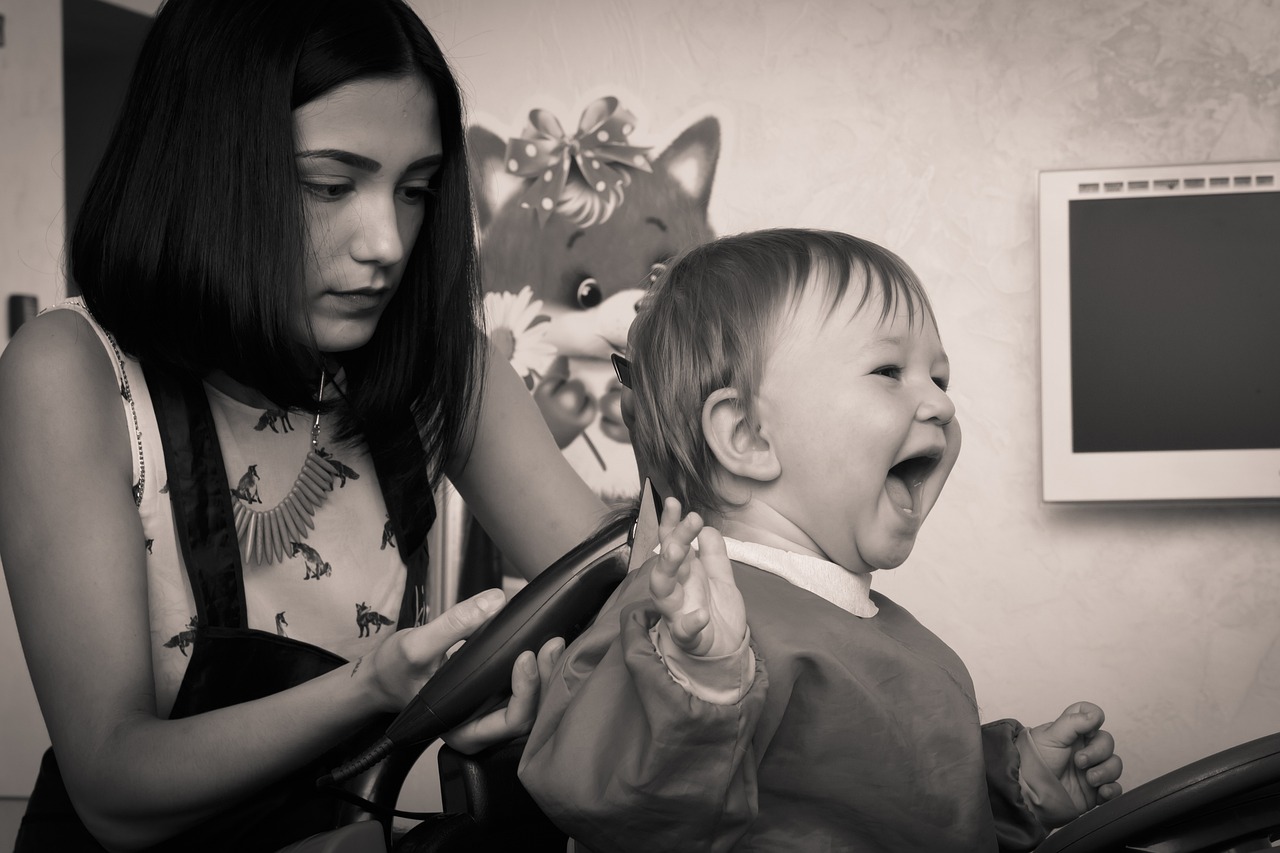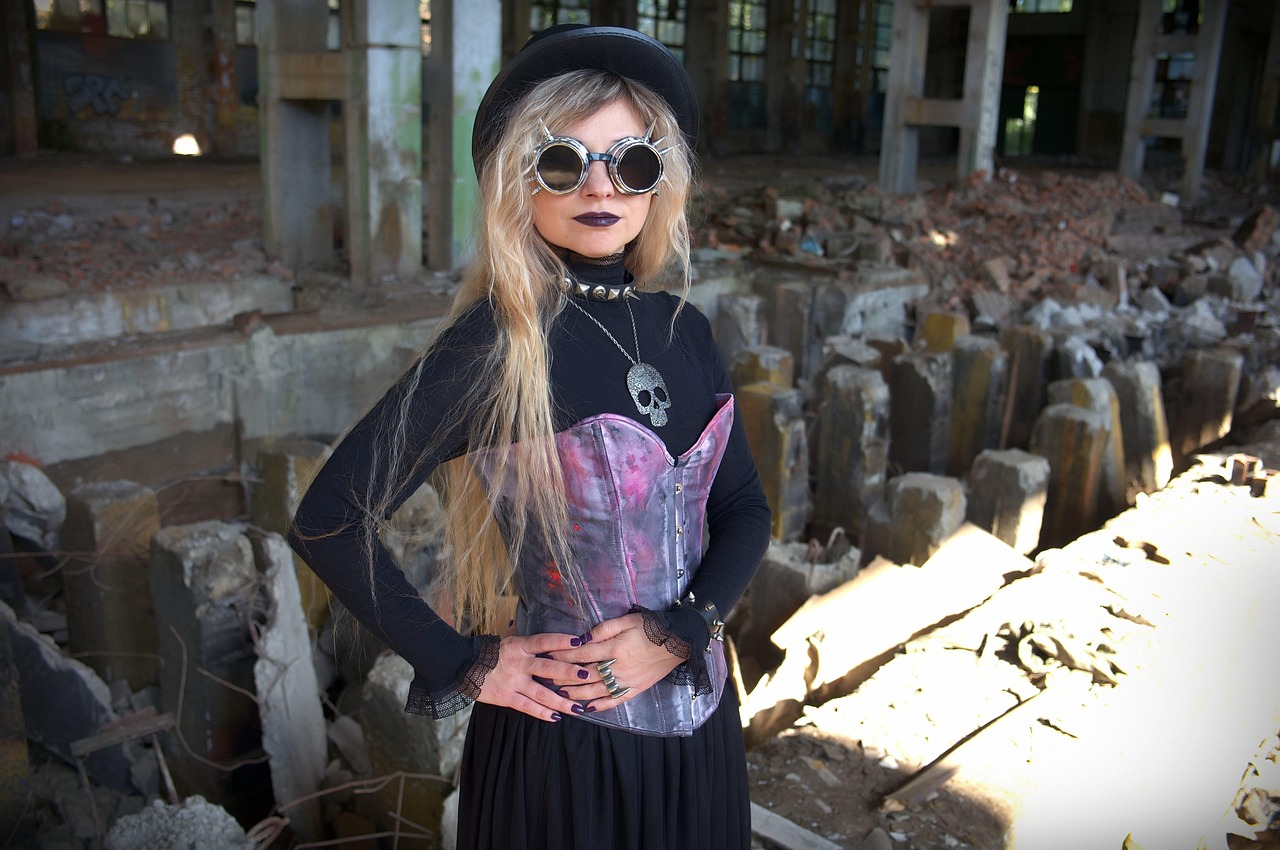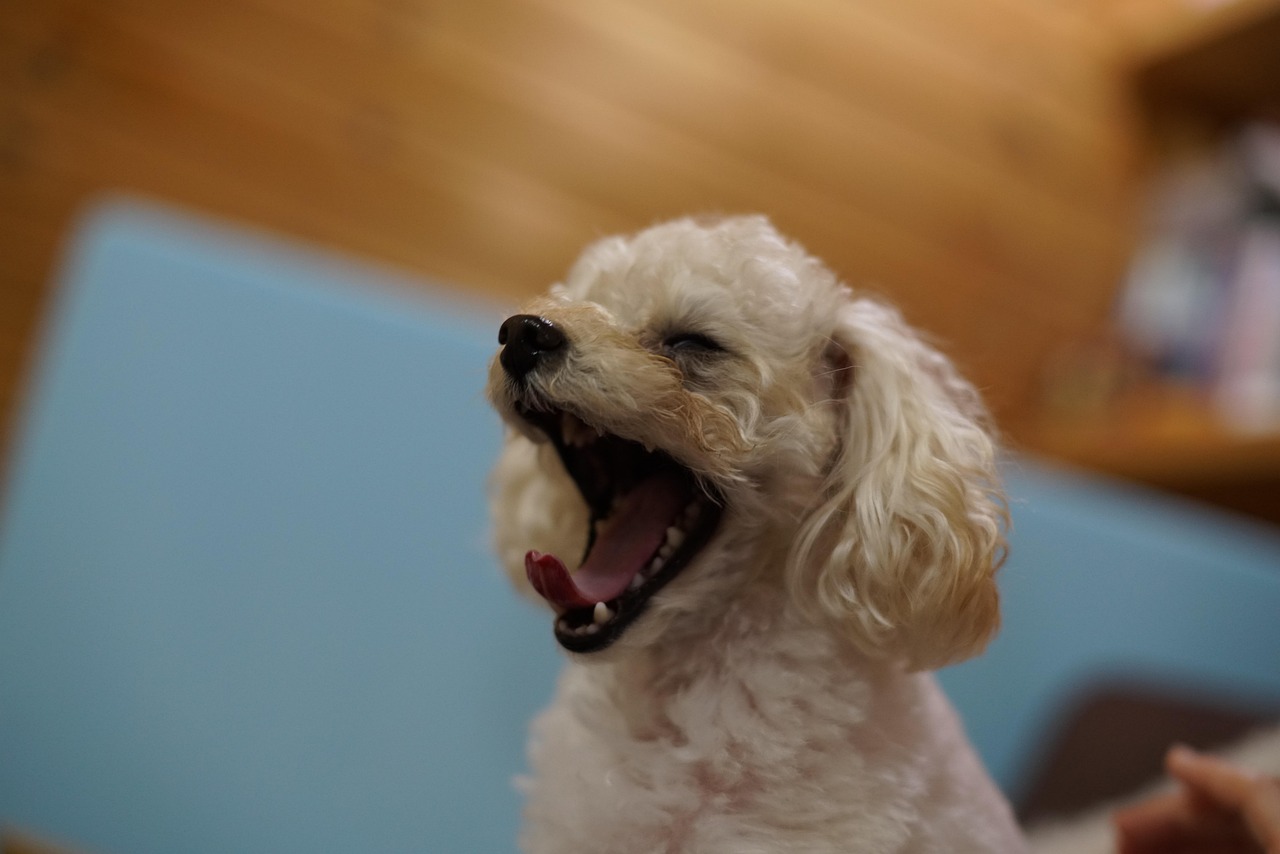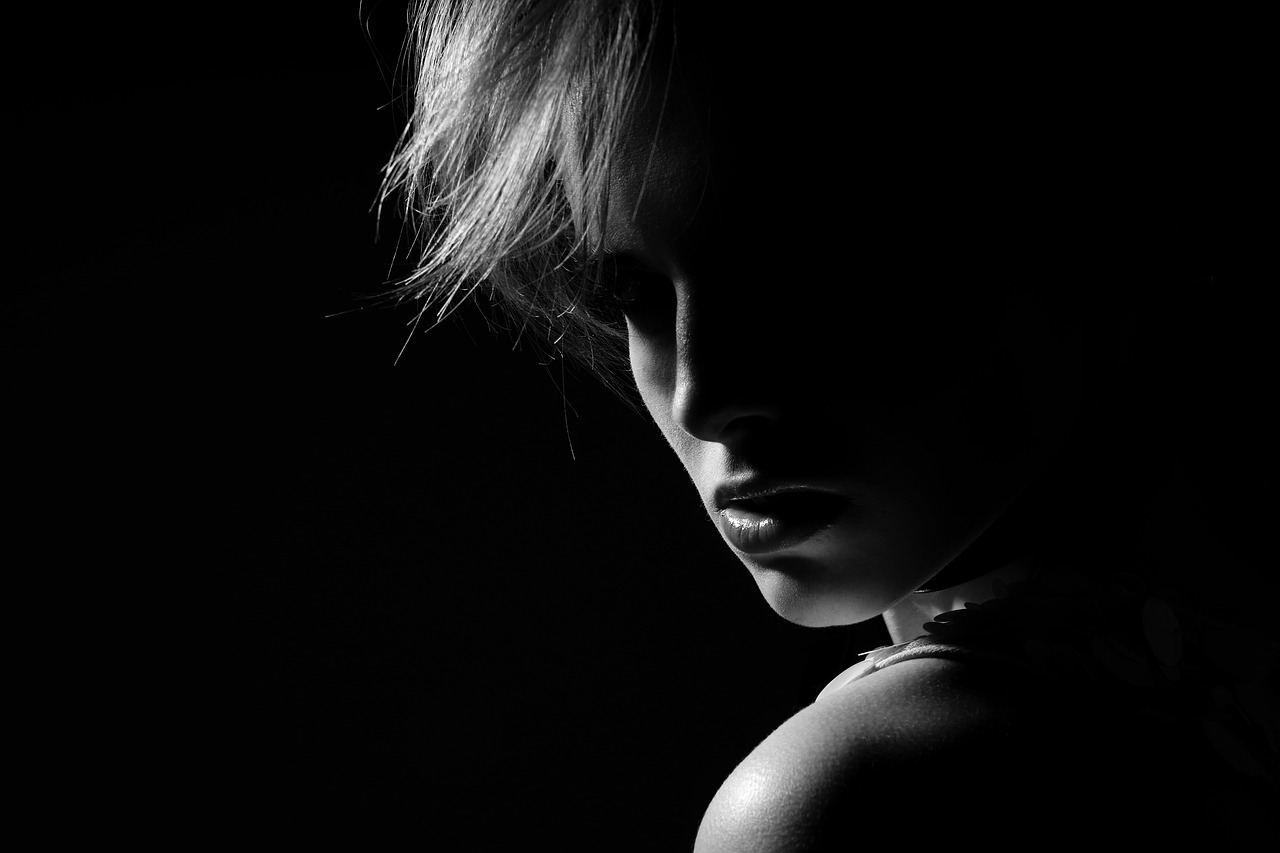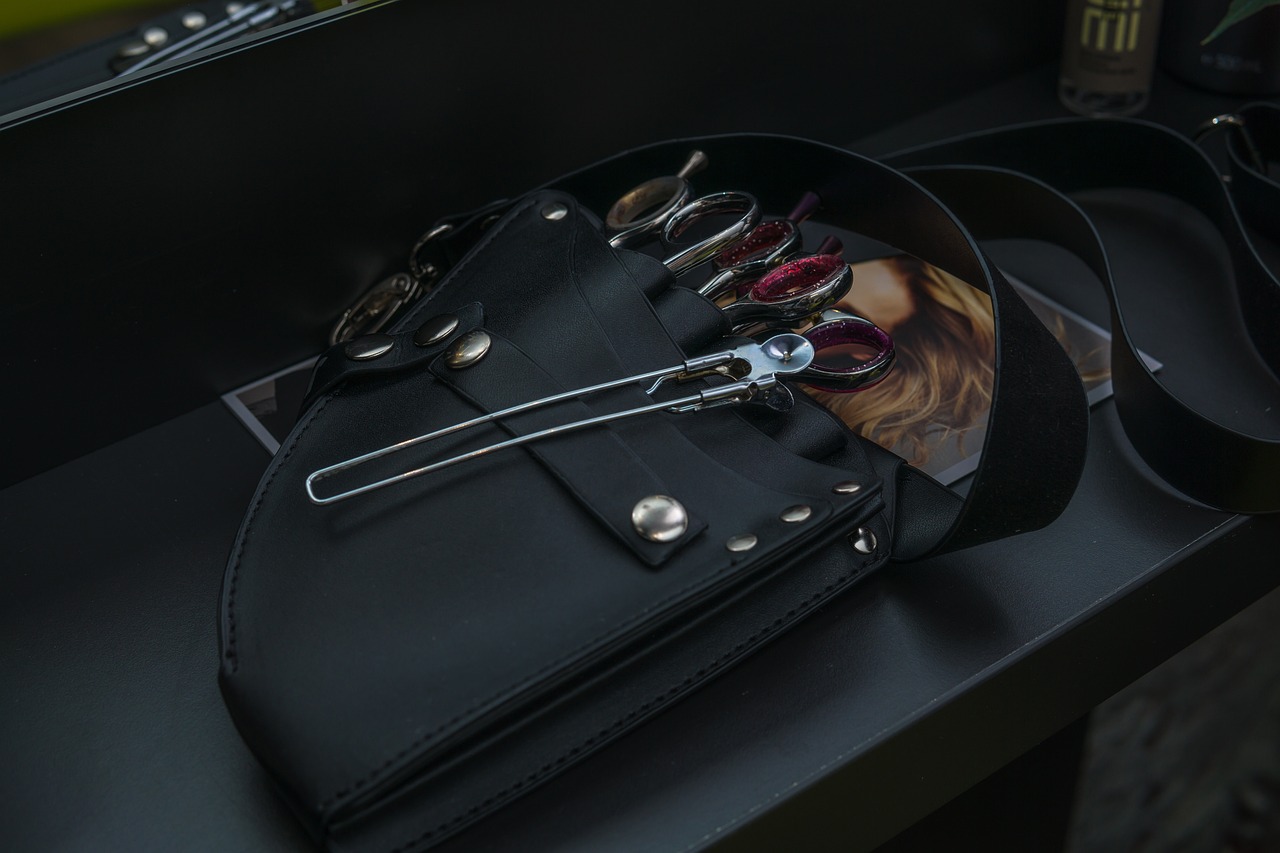Men’s haircuts have evolved significantly over the years, reflecting personal style, cultural influences, and trends. This article delves into the most popular men’s haircut styles tailored to various hair types, offering insights into the latest trends, techniques, and maintenance tips for achieving a stylish look.
Short haircuts are a popular choice due to their versatility and ease of maintenance. Some of the most sought-after styles include:
- Buzz Cut: A clean and minimalist style that’s perfect for a low-maintenance look.
- Crew Cut: Offers a bit more length on top while keeping the sides short, providing a polished appearance.
- Textured Crop: A modern cut that adds texture and volume, ideal for those with finer hair.
Medium-length hair provides numerous styling options. Popular cuts include:
- Pompadour: Characterized by volume and height, suitable for various face shapes.
- Quiff: A stylish option that adds flair and can be easily styled with the right products.
- Undercut: A bold choice that offers contrast between long top hair and short sides.
The pompadour is a classic hairstyle that has stood the test of time. Its defining feature is the volume at the front, which can be styled in various ways. This cut works well with different hair types, particularly for those with straight or wavy hair.
Styling a pompadour requires the right techniques and products. Here’s a simple guide:
1. Start with damp hair and apply a volumizing mousse.2. Use a blow dryer to lift the hair at the roots.3. Apply pomade for hold and shape, styling the hair back and upwards.4. Finish with hairspray for extra hold.
While the pompadour is trendy, it may not suit everyone. Those with round or flat face shapes might find that this style emphasizes their features rather than flattering them. Alternatives like the textured crop or crew cut may be more suitable.
Long hair can be incredibly stylish. Popular long haircuts include:
- Man Bun: A practical yet fashionable way to manage long hair.
- Ponytail: A classic style that can be dressed up or down.
- Long Layers: Adds movement and dimension to long hair.
Maintaining long hair requires dedication. Here are essential tips:
- Use a sulfate-free shampoo and a nourishing conditioner.
- Regular trims every 6-8 weeks to prevent split ends.
- Incorporate a leave-in conditioner for added moisture.
Curly hair presents unique challenges and opportunities. Popular cuts for curly hair include:
- Curly Top: Emphasizes natural curls while providing structure.
- Fade: A stylish way to blend short sides with longer curls on top.
Understanding your face shape is crucial in selecting a flattering haircut. The common face shapes include:
- Oval: Most styles work well with this shape.
- Square: Softened styles help balance angular features.
- Round: Styles that add height and structure are ideal.
- Heart: A longer style can help balance a narrower chin.
Staying updated with current trends can help maintain a fresh look. Some of the latest styles include:
- Textured Hairstyles: Emphasizing natural texture and movement.
- Fades: A clean and sharp look that can be adapted to various styles.
- Modern Variations of Classic Looks: Blending traditional styles with contemporary twists.
The fade haircut has gained immense popularity for its versatility. There are various types of fades, including low, mid, and high fades, each offering a unique look that can complement different hairstyles.
Personalizing your haircut can significantly enhance your style. Here are some tips:
- Communicate clearly with your barber about your preferences.
- Incorporate personal style elements, such as unique fades or textured finishes.
- Experiment with different products to find what works best for your hair type.

What Are the Best Haircuts for Short Hair?
When it comes to men’s hairstyles, short haircuts stand out for their versatility and ease of management. They can be tailored to suit various personal styles, making them a popular choice among men of all ages. In this section, we will explore some of the most sought-after short haircuts, including the buzz cut, crew cut, and textured crop, to help you find the perfect style that combines low maintenance with a fashionable edge.
- Buzz Cut: This is perhaps the most straightforward and low-maintenance haircut. The buzz cut is achieved by using clippers to trim the hair to a uniform length all around the head. It’s perfect for those who want a clean, sharp look without the hassle of daily styling.
- Crew Cut: Slightly longer than the buzz cut, the crew cut features short hair on the sides and back with a bit more length on top. This style allows for some versatility; you can style the top with a bit of product for a more polished appearance or leave it natural for a relaxed look.
- Textured Crop: The textured crop offers a modern twist on traditional short haircuts. With choppy layers and a slightly tousled finish, this style adds volume and movement to the hair. It’s particularly flattering for men with fine or straight hair.
Short haircuts are not only easy to manage but also provide a fresh and youthful appearance. They require minimal styling time, making them ideal for men with busy lifestyles. Additionally, short haircuts can help highlight facial features, such as strong jawlines or cheekbones, giving a more defined look.
Maintaining short haircuts is relatively simple, but it does require regular visits to the barber for trims to keep the shape intact. Here are some tips:
- Regular Trims: Aim for a trim every 4-6 weeks to keep your haircut looking sharp.
- Use the Right Products: Depending on your hair type, choose a lightweight pomade or styling cream to add texture without weighing your hair down.
- Wash and Condition: Use a mild shampoo and conditioner to keep your hair healthy and manageable.
Short haircuts are suitable for a wide range of face shapes and hair types. However, they are particularly recommended for individuals who prefer a low-maintenance style or those who work in professional environments where a neat appearance is essential. Moreover, short hair can be a great option for those with naturally thick or curly hair, as it can help reduce bulk and make styling easier.
In summary, short haircuts offer a variety of stylish options that are easy to manage and maintain. Whether you opt for a buzz cut, crew cut, or textured crop, you can achieve a look that is both fashionable and practical. By understanding the benefits and maintenance of these styles, you can confidently choose the right haircut that complements your personal style and lifestyle.

How to Choose the Right Haircut for Medium Length Hair?
Choosing the right haircut for medium-length hair can significantly enhance your overall appearance and style. With a variety of options available, understanding your face shape, hair texture, and personal preferences is crucial. In this article, we will delve into popular cuts like the pompadour, quiff, and undercut, exploring how each can add texture and volume to your hair.
The pompadour is a timeless hairstyle that adds height and volume, making it a favorite among men. This cut is characterized by longer hair at the front that is styled back and upwards, creating a dramatic effect. The pompadour can be adapted to suit various hair types, from straight to wavy, and works well with different face shapes.
To achieve the perfect pompadour, it’s essential to use the right products. Here’s a simple step-by-step guide:
- Start with clean, towel-dried hair.
- Apply a volumizing mousse or a strong-hold pomade.
- Use a blow dryer while lifting the hair at the roots to create volume.
- Style the front section upwards and back using a comb.
- Finish with a light hairspray for hold.
The quiff is similar to the pompadour but offers a more relaxed look. This style features shorter sides with longer hair on top that is styled forward and upward. The quiff is versatile and can be tailored to suit both casual and formal occasions.
To style a quiff effectively, follow these steps:
- Apply a volumizing product to damp hair.
- Blow dry while using your fingers to lift the hair upwards.
- Use a comb to shape the front section, directing it slightly to the side.
- Finish with a matte pomade for a natural look.
The undercut has become increasingly popular due to its bold and edgy appearance. This cut involves shaving or trimming the sides and back very short while leaving the top longer. It allows for various styling options, from slicked back to messy and tousled.
Styling an undercut can be straightforward. Here’s how:
- Start with clean, dry hair.
- Apply a styling cream or gel to the top section.
- Use a comb or your fingers to style the hair back or to the side.
- For a more relaxed look, tousle the top section with your fingers.
Medium-length hair can work with various hair types, but certain styles may suit specific textures better. For instance, the pompadour works excellently with thick hair, while the quiff can enhance fine hair’s volume. The undercut is versatile and can complement both straight and curly textures.
Proper maintenance is crucial for keeping medium-length hair looking its best. Regular trims every 6-8 weeks can help maintain shape and remove split ends. Additionally, using quality shampoos and conditioners tailored to your hair type will keep your locks healthy and manageable.
In conclusion, choosing the right haircut for medium-length hair involves understanding your personal style and how different cuts can enhance your look. Whether you opt for a pompadour, quiff, or undercut, each style offers unique benefits that can elevate your appearance.
What is a Pompadour Cut?
The pompadour cut is a timeless hairstyle that has transcended generations, known for its distinctive volume and height. This iconic style has roots that trace back to the 18th century, where it gained popularity among women and later evolved into a favored men’s haircut. The pompadour is characterized by hair that is swept upwards and back, creating a dramatic appearance that can be tailored to suit various preferences and face shapes.
The pompadour’s origins can be linked to Madame de Pompadour, a mistress of King Louis XV of France, who popularized the style in the 1750s. It was initially a women’s hairstyle but transitioned into men’s fashion in the mid-20th century, notably embraced by rock and roll icons like Elvis Presley and James Dean. Today, the pompadour remains a symbol of sophistication and rebellion.
Styling a pompadour requires the right techniques and products. Here’s a step-by-step guide:
- Start with Clean Hair: Wash your hair with a volumizing shampoo and conditioner.
- Use a Blow Dryer: While your hair is damp, use a blow dryer to lift the roots. This adds volume.
- Apply Product: Use a strong-hold pomade or wax to help maintain the height.
- Style with a Comb: Use a comb to shape your hair upwards and back, ensuring even distribution of product.
- Finish with Hairspray: A light spray can help set the style and keep it in place throughout the day.
The pompadour is versatile but particularly complements certain face shapes:
- Oval Faces: Almost any hairstyle works, and the pompadour enhances natural symmetry.
- Square Faces: The volume of the pompadour softens angular features.
- Round Faces: Height adds definition, making the face appear longer.
- Heart-Shaped Faces: The pompadour balances wider foreheads and narrow chins.
While the pompadour is a classic, it may not suit everyone. Men with:
- Very Curly Hair: The natural curl may be challenging to style for a smooth pompadour.
- Thin Hair: The style may not provide the desired volume and can appear flat.
- Short Neck: The height of the pompadour can exaggerate neck length.
In summary, the pompadour cut stands as a testament to the evolution of men’s hairstyles, offering a blend of elegance and edge. With the right techniques and understanding of face shapes, anyone can rock this iconic look. Whether you’re aiming for a classic or modern twist, the pompadour remains a versatile choice that can elevate your style.
How to Style a Pompadour?
Styling a pompadour is an art that requires the right products and techniques to achieve that iconic look characterized by its height and volume. This classic hairstyle has seen a resurgence in popularity, making it essential for anyone looking to elevate their grooming game. Below, we will explore the best products to use, along with a detailed step-by-step guide to help you perfect your pompadour.
Choosing the right product is crucial for achieving the perfect pompadour. Here are some of the most recommended options:
- Pomade: Ideal for a sleek and shiny finish, pomade provides a strong hold without making your hair feel crunchy.
- Wax: Offers a more natural finish with flexible hold, perfect for creating texture and movement.
- Clay: Great for those with thicker hair, clay provides a matte finish and strong hold, allowing for a more rugged look.
- Gel: While it can provide a strong hold, it’s best used sparingly as it can lead to a stiff appearance.
Follow these steps to achieve a stunning pompadour:
- Start with Clean, Dry Hair: Wash your hair with a good quality shampoo and conditioner. Towel-dry gently to remove excess moisture.
- Apply Product: Take a small amount of your chosen product (pomade, wax, or clay) and rub it between your palms. Apply it evenly throughout your hair, focusing on the roots for lift.
- Blow-Dry for Volume: Using a blow dryer on a medium heat setting, lift your hair at the roots while directing the airflow from back to front. This helps create the necessary volume.
- Shape the Pompadour: With a comb, start shaping your hair by pulling it back and slightly upward. The front should be higher than the back, forming that signature pompadour shape.
- Refine the Style: Use your fingers or a comb to adjust the shape as needed. For a more defined look, you can add a bit more product to the front.
- Finish with Hairspray: To ensure your pompadour stays in place all day, lightly mist with a flexible hairspray.
Maintaining your pompadour is key to keeping it looking fresh. Here are some tips:
- Regular Trims: Keep your hair at the desired length with regular visits to your barber.
- Use Quality Products: Invest in high-quality styling products tailored to your hair type.
- Protect Your Hair: Avoid excessive heat styling and always use a heat protectant when blow-drying.
With the right approach and products, styling a pompadour can be a straightforward process that yields impressive results. Whether you’re heading to a formal event or just want to look sharp on a casual day, mastering this classic hairstyle will undoubtedly enhance your overall appearance.
Who Should Avoid the Pompadour?
The pompadour is a hairstyle that has made a significant comeback in recent years, characterized by its bold volume and stylish flair. However, not everyone can pull off this iconic look. Understanding the nuances of face shapes and hair types is crucial when considering whether the pompadour is the right choice for you. This section will explore who should avoid the pompadour and suggest alternative styles that might be more flattering.
Different face shapes can dramatically affect how a pompadour appears. Here are some face shapes that might find the pompadour less suitable:
- Round Faces: If you have a round face, the pompadour may accentuate the fullness of your cheeks and create an unbalanced look. Instead, consider styles with height but less volume on the sides, such as a textured crop or a quiff.
- Square Faces: Those with square faces may find that the sharp angles of their jawline are emphasized by the pompadour. A softer style, like a side part with longer layers, can help to soften your features and provide a more harmonious appearance.
- Heart-Shaped Faces: Heart-shaped faces typically have a wider forehead and a narrower chin. A pompadour can draw attention to the forehead, making it appear larger. Opting for a style with more volume around the chin, such as a messy fringe or a low fade, can create balance.
Beyond face shapes, certain hair types may also find the pompadour challenging to maintain:
- Fine Hair: If your hair is fine or thin, achieving the necessary volume for a pompadour can be difficult without the right products. Consider styles that add texture and movement, like a layered cut or a tousled look.
- Curly Hair: Those with tight curls might find it hard to style a pompadour due to the natural volume and shape of their hair. Instead, embracing your curls with a curly top or a fade can enhance your natural texture while providing a stylish appearance.
- Coarse Hair: Coarse hair can be challenging to tame into the sleek look of a pompadour. Instead, a longer, layered style can provide movement without the need for constant styling.
For those who may find the pompadour unsuitable, there are plenty of alternative styles that can complement various face shapes and hair types:
- Textured Crop: This versatile style works well for most face shapes and hair types, offering a modern and low-maintenance look.
- Quiff: The quiff is a great alternative that provides height without the extreme volume of a pompadour. It works well for both fine and thick hair.
- Undercut: This bold style can be tailored to suit different face shapes, allowing for a clean and sharp appearance while maintaining versatility in styling.
Ultimately, while the pompadour is a trendy choice, it is crucial to assess whether it aligns with your unique features and hair type. Consulting with a professional barber can provide personalized advice and help you discover a style that enhances your best attributes.
What is an Undercut?
The undercut is a striking hairstyle that has gained immense popularity among men seeking a bold and modern look. This versatile cut features shorter sides and back while leaving the top longer, allowing for various styling options. In this section, we will explore the defining features of the undercut, its various styles, and tips on how to effectively style it for both casual and formal occasions.
- Contrast: The most notable aspect of the undercut is the stark contrast between the short sides and the longer hair on top. This creates a dramatic effect that can be tailored to suit individual preferences.
- Versatility: The undercut can be styled in numerous ways. From slicked-back looks to messy, textured styles, the options are endless.
- Face Framing: The longer hair on top can be styled to frame the face, drawing attention to your facial features.
There are several popular variations of the undercut that cater to different styles and preferences:
- Disconnected Undercut: This style features a clear separation between the top and sides, providing an even more dramatic look.
- Fade Undercut: This variation incorporates a fade on the sides, gradually transitioning from short to longer hair, creating a seamless blend.
- Textured Undercut: Adding texture to the longer top allows for a more relaxed and casual appearance, perfect for everyday wear.
For a laid-back, casual look, consider the following styling tips:
1. Use a lightweight styling cream or mousse.2. Apply product to damp hair and tousle with fingers.3. Allow hair to air dry for a natural finish.
To achieve a polished look suitable for formal settings, follow these steps:
1. Start with clean, dry hair.2. Apply a strong-hold pomade or gel for control.3. Comb the hair back or to the side for a sleek appearance.
The undercut is a versatile style that can suit various face shapes and hair types. However, it is particularly flattering for those with:
- Oval Faces: Almost any style works well with this shape.
- Square Faces: The undercut can soften angular features.
However, individuals with very round faces may want to consider other styles that add height and volume to the top.
Maintaining an undercut is relatively straightforward:
- Regular Haircuts: Schedule trims every 4-6 weeks to keep the sides neat and the top manageable.
- Use Quality Products: Invest in good hair products to keep your hair healthy and styled.
In summary, the undercut is a dynamic haircut that offers a range of styling possibilities for men. Whether you prefer a casual, tousled look or a sleek, formal style, the undercut can be adapted to fit your personality and lifestyle.

What Are the Best Haircuts for Long Hair?
When it comes to men’s hairstyles, long haircuts can be both stylish and sophisticated. Whether you are aiming for a laid-back look or something more polished, there are numerous options available to suit your personal style and hair type. This section will delve into some of the most popular long haircuts, including the man bun, ponytail, and long layers. Each of these styles allows men to maintain length while still looking fashionable.
The man bun has emerged as a trendy choice for men with long hair. This style involves gathering the hair at the crown of the head and securing it into a bun. It’s not only practical but also adds a touch of elegance to any outfit. The man bun can be worn in various ways, from a sleek and polished look to a more relaxed, tousled style. To achieve the perfect man bun, consider the following:
- Ensure your hair is clean and dry before styling.
- Use a hair tie that is strong enough to hold your hair without slipping.
- Experiment with different heights – a high bun gives a more modern look, while a low bun offers a classic vibe.
The ponytail is another versatile option for long-haired men. This style can be easily adapted for both casual and formal occasions. A well-styled ponytail can convey a sense of confidence and professionalism. Here are some tips for achieving a stylish ponytail:
- Use a comb to smooth out any tangles for a sleek appearance.
- Consider adding a hair product, such as gel or pomade, to tame flyaways.
- For a more relaxed look, allow a few strands to fall around your face.
Long layers are perfect for adding texture and movement to long hair. This haircut involves cutting layers at different lengths, which can enhance the overall shape and volume of your hair. Long layers can be styled in various ways, from beachy waves to straight and sleek finishes. Here’s how to maintain long layers:
- Regular trims every 8-12 weeks will help keep layers fresh and prevent split ends.
- Use a quality conditioner to keep your hair hydrated and manageable.
- Consider using a round brush when blow-drying to add volume and shape.
Choosing the right long haircut depends on several factors, including your hair type, face shape, and personal style. For instance, if you have thick hair, long layers can help reduce bulk, while those with fine hair may benefit from a blunt cut to create the illusion of fullness. Always consult with a professional stylist to determine which long haircut will best suit your individual needs.
Maintaining long haircuts requires a dedicated care routine. Here are some essential tips:
- Invest in quality hair care products tailored for your hair type.
- Incorporate regular deep conditioning treatments to keep your hair healthy.
- Limit heat styling to prevent damage and promote overall hair health.
In summary, long haircuts such as the man bun, ponytail, and long layers offer men a variety of stylish options. By understanding the unique characteristics of each style and maintaining proper hair care, you can enjoy a fashionable look that showcases your personal style.
How to Maintain Long Hair?
Maintaining long hair can be a rewarding yet challenging experience. With the right care routines, you can ensure that your hair remains healthy, vibrant, and manageable. This guide will delve into the essential practices for maintaining long hair, focusing on the best products, styling tips, and techniques to help you achieve your hair goals.
Choosing the right shampoo is crucial for long hair care. Look for sulfate-free formulas that cleanse without stripping natural oils. Some recommended shampoos include:
- Moisturizing Shampoos: These are ideal for dry or damaged hair, providing hydration and preventing breakage.
- Color-Safe Shampoos: If you dye your hair, opt for products that protect color-treated strands from fading.
- Strengthening Shampoos: Formulations with proteins can help fortify long hair and reduce split ends.
Conditioners play a vital role in maintaining the moisture balance of long hair. A good conditioner should:
- Hydrate: Look for ingredients like argan oil, sheer butter, or coconut oil that nourish the hair.
- Detangle: A quality conditioner helps to smooth the hair cuticle, making it easier to comb through.
- Protect: Some conditioners come with heat protection, which is essential if you use styling tools frequently.
Styling long hair can be both fun and daunting. Here are some tips to keep your hair looking its best:
- Use Heat Protectants: Always apply a heat protectant before using styling tools to minimize damage.
- Limit Heat Styling: Try to embrace your natural texture by reducing the frequency of heat styling.
- Experiment with Hairstyles: From braids to buns, there are numerous styles to explore that can protect your hair while looking chic.
Regular trims are essential for maintaining healthy long hair. Aim for a trim every 6-8 weeks to remove split ends and promote growth. This practice helps to keep your hair looking fresh and prevents further damage.
Incorporating hair masks into your routine can provide deep conditioning and nourishment. Look for masks that contain:
- Protein: For strengthening hair and preventing breakage.
- Moisturizing Agents: Such as aloe vera or honey to hydrate and add shine.
Apply a hair mask once a week for optimal results, focusing on the mid-lengths and ends of your hair.
Protecting your hair at night can significantly reduce damage. Consider these tips:
- Use a Silk Pillowcase: This reduces friction and helps prevent tangling.
- Loose Braids or Buns: Secure your hair in a loose braid or bun to minimize breakage while you sleep.
By following these essential tips, you can maintain long hair that is not only healthy but also beautiful. Remember, consistency is key, and investing time in your hair care routine will yield long-lasting results.
What Styles Work for Curly Hair?
Curly hair can be both a blessing and a challenge. With its natural bounce and texture, it offers a unique opportunity for stylish cuts that enhance its inherent beauty. However, managing curls can sometimes feel daunting. This section will delve into popular haircut styles specifically designed for curly hair, focusing on how to embrace and enhance those beautiful curls while maintaining structure and style.
The curly top cut is a fantastic choice for those with curly hair. This style allows the curls to take center stage while providing a structured look. The hair is typically kept longer on top, which allows curls to spring freely, while the sides can be tapered or faded for a clean finish. This combination not only highlights the curls but also adds a modern edge to the overall appearance.
The fade cut is another popular option for curly-haired individuals. This style involves gradually shortening the hair on the sides and back while leaving the top longer. The fade can be low, mid, or high, depending on personal preference. This haircut is particularly effective in managing volume while maintaining the curls’ natural shape. It creates a striking contrast that enhances the overall look, making it suitable for both casual and formal occasions.
Styling curly hair requires the right products and techniques to keep curls looking their best. Here are some tips:
- Use a Moisturizing Shampoo: Curly hair tends to be drier, so opt for a shampoo that hydrates and nourishes.
- Condition Regularly: A good conditioner is essential for keeping curls defined and frizz-free.
- Apply Curl Cream: After washing, apply a curl cream or mousse to enhance the natural curl pattern.
- Dry Naturally: Letting curls air dry can help maintain their shape and reduce frizz.
- Use a Diffuser: If you prefer to use a blow dryer, attach a diffuser to help distribute heat evenly and minimize frizz.
Choosing the right haircut for curly hair can yield several benefits:
- Enhanced Definition: A well-cut curly hairstyle can bring out the best in your curls, making them look more defined and lively.
- Reduced Maintenance: Certain cuts, like the curly top and fade, can make daily styling easier and quicker.
- Versatility: Curly hair can be styled in numerous ways, allowing for creativity and personal expression.
When selecting a haircut for curly hair, consider the following factors:
- Face Shape: Different haircuts suit various face shapes. For instance, a curly top may complement a round face, while a fade can highlight angular features.
- Hair Texture: The thickness and type of curls can influence the choice of cut. Fine curls may require different styling than thick, coarse curls.
- Personal Style: Your personal style and lifestyle should also guide your haircut choice. If you prefer low-maintenance styles, opt for cuts that require minimal styling.
In summary, curly hair offers a plethora of styling options that can enhance natural beauty while providing a polished look. By exploring popular cuts like the curly top and fade, individuals with curly hair can find the perfect style that suits their personality and lifestyle.

How to Find the Right Haircut for Your Face Shape?
Choosing the right haircut can significantly enhance your overall appearance, and understanding your face shape is a crucial part of this process. Different face shapes—including oval, square, round, and heart—require specific styles to achieve a balanced and appealing look. In this section, we will delve into the various face shapes and the most flattering haircuts for each, ensuring you look your best.
- Oval: Considered the ideal face shape, an oval face is slightly longer than it is wide, with a rounded jawline. Most hairstyles suit this shape.
- Square: A square face features a strong jawline and equal width across the forehead and cheekbones. Softening cuts work best here.
- Round: With equal width and length, round faces benefit from hairstyles that add height and elongate the appearance.
- Heart: Characterized by a wider forehead and a narrow chin, heart-shaped faces look great with styles that balance the width.
Once you’ve identified your face shape, the next step is to choose a haircut that enhances your features:
- For Oval Faces: Almost any hairstyle works, but try a side part or textured layers for a trendy look.
- For Square Faces: Opt for layered cuts or textured fringes to soften the angular features.
- For Round Faces: Consider longer styles with volume on top, such as a quiff or pompadour, to create the illusion of length.
- For Heart Faces: Styles that add width around the chin, like a chin-length bob or long layers, can provide balance.
Understanding your face shape is essential for several reasons. It helps you select a haircut that not only complements your features but also enhances your personal style. A haircut that aligns with your face shape can create a more harmonious look, drawing attention to your best attributes while minimizing less flattering aspects.
To ascertain your face shape, follow these simple steps:
1. Pull your hair back and look in the mirror.2. Measure the width of your forehead, cheekbones, and jawline.3. Measure the length of your face from the hairline to the chin.4. Compare these measurements to identify the dominant shape.
With this information, you can confidently approach your barber or stylist, armed with knowledge about what will work best for you. Remember, the right haircut can not only enhance your appearance but also boost your confidence.
What Are the Different Face Shapes?
When it comes to choosing the perfect haircut, understanding your face shape is essential. Each face shape has distinct characteristics that can influence which hairstyles will look best on you. This section will delve into the four primary face shapes: oval, square, round, and heart-shaped, highlighting their unique features and the most flattering haircut options for each.
The oval face shape is often considered the ideal shape due to its balanced proportions. The forehead is slightly wider than the chin, and the cheekbones are prominent yet softly rounded. If you have an oval face, you are in luck—almost any haircut will suit you!
- Recommended Haircuts: Long layers, textured bobs, and side-swept bangs
- Avoid: Too much volume on the sides, which can disrupt the natural balance
Those with a square face shape possess a strong jawline and a broad forehead, creating a boxy appearance. To soften these angles, it’s best to opt for haircuts that add height and texture.
- Recommended Haircuts: Layered cuts, soft waves, and styles with volume on top
- Avoid: Straight, blunt cuts that can emphasize the squareness
A round face shape is characterized by equal width and length, with full cheeks and a rounded chin. The goal for round faces is to create the illusion of length.
- Recommended Haircuts: Long layers, angular cuts, and styles that add height
- Avoid: Short hairstyles that can accentuate roundness
Individuals with a heart-shaped face have a wider forehead and cheekbones that taper down to a narrow chin. This face shape can benefit from hairstyles that balance the forehead and chin.
- Recommended Haircuts: Side-parted styles, chin-length bobs, and soft curls
- Avoid: Too much volume at the crown, which can emphasize the forehead
Understanding your face shape is the first step in selecting a haircut that enhances your features and complements your overall look. By identifying whether you have an oval, square, round, or heart-shaped face, you can make informed choices about your hairstyle that will not only look good but also make you feel confident.
Which Haircuts Suit Each Face Shape?
Understanding which haircuts suit your face shape is essential for achieving a look that enhances your natural features. Not all haircuts are created equal, and choosing the right style can significantly impact your overall appearance. In this section, we will delve into tailored recommendations for haircuts that complement various face shapes, ensuring you look your best.
Before selecting a haircut, it’s crucial to identify your face shape. The most common face shapes include:
- Oval: Balanced proportions with a slightly narrower jawline.
- Square: Strong jawline and forehead with equal width.
- Round: Equal width and length with softer features.
- Heart: Wider forehead with a narrow chin.
- Diamond: Narrow forehead and chin with wider cheekbones.
If you have an oval face, you’re in luck! Most haircuts will suit you. However, to enhance your features, consider the following styles:
- Textured Crop: Adds volume and dimension.
- Side Part: Creates a classic look that balances your features.
- Long Layers: Softens the face while maintaining length.
For square face shapes, the goal is to soften the strong angles. Here are some ideal options:
- Fade Haircut: Tapers the sides while keeping volume on top.
- Textured Fringe: Helps to soften the forehead and jawline.
- Side-Swept Styles: Adds asymmetry and balance.
Round faces benefit from styles that add height and angle. Consider these haircuts:
- Pompadour: Adds volume on top, elongating the face.
- Angular Cuts: Provide sharp lines that contrast the softness.
- Undercut: Creates a dramatic look that enhances height.
Heart-shaped faces can be balanced with the right haircut. Here are some suggestions:
- Long Layers: Frame the face and soften the forehead.
- Side Parted Styles: Divert attention from the chin.
- Chin-Length Bobs: Create balance and add width.
Diamond face shapes can highlight their cheekbones with these flattering cuts:
- Textured Top: Adds volume and focus to the top of the head.
- Longer Styles: Help to elongate the face.
- Soft Bangs: Can soften the forehead and highlight the eyes.
Choosing the right haircut for your face shape can significantly enhance your overall appearance. By understanding the unique characteristics of your face, you can select a style that not only suits you but also boosts your confidence. Remember, consulting with a professional stylist can provide additional insights tailored to your individual features.

What Are the Latest Trends in Men’s Haircuts?
In the ever-evolving world of men’s fashion, haircuts play a crucial role in defining personal style. Staying updated with the latest trends can keep your look fresh and modern. This article delves into the most popular haircut styles currently making waves, including textured hairstyles, fades, and contemporary twists on classic cuts. Whether you prefer a low-maintenance style or something more daring, there’s a trend for everyone.
Textured hairstyles are all about adding depth and dimension to your hair. This style works well for various hair types, especially those with natural waves or curls. The key to achieving a textured look is layering, which can be done using techniques like point cutting or razor cutting. These methods create movement and prevent the hair from looking flat.
- Benefits of Textured Hairstyles:
- Enhances natural curls and waves.
- Provides a modern, effortless look.
- Easy to style and maintain.
The fade haircut has become a staple in men’s grooming, known for its clean and polished appearance. This style features a gradual transition from short to longer hair, creating a sharp contrast that can be tailored to individual preferences. There are various types of fades, including:
- Low Fade: Starts just above the ears, offering a subtle transition.
- Mid Fade: A balanced fade that sits between the low and high fades.
- High Fade: Begins at the temples, providing a bold look.
Fades can be paired with numerous styles, such as pompadours or quiffs, making them incredibly versatile.
Modern variations of classic looks are also trending. Styles like the crew cut and side part have been reimagined to suit contemporary tastes. For instance, the crew cut now often incorporates texture on top, allowing for more styling options. Similarly, the side part can be enhanced with a fade or undercut, giving it a fresh twist.
- Popular Modern Variations:
- Textured Crew Cut: Adds volume and movement.
- Disconnected Undercut: Creates a striking contrast with longer hair on top.
- Modern Side Part: Features a fade for a sleek finish.
When selecting a haircut, consider your face shape, hair type, and personal style. Consulting with a professional barber can help you determine which trends will best suit your features. Remember that the right haircut should not only reflect current trends but also enhance your unique look.
In conclusion, keeping up with the latest trends in men’s haircuts can significantly impact your overall style. From textured hairstyles to versatile fades and modern takes on classic cuts, there are numerous options to explore. Embrace these trends to ensure your look remains fresh and stylish.
What is the Fade Haircut?
The fade haircut has become a staple in modern men’s grooming, celebrated for its clean and sharp aesthetic. This versatile style can be tailored to suit various preferences, making it a popular choice among men of all ages. In this section, we will explore the different types of fades, their characteristics, and how they can be integrated into a range of hairstyles.
- Low Fade: This style starts just above the ear and gradually fades into the skin, creating a subtle and sophisticated look. It works well with a variety of hairstyles, from crew cuts to longer styles.
- Mid Fade: Positioned between the low and high fade, this option offers a balanced appearance. It provides a clean transition from the hair on top to the faded sides and is perfect for those who want a bit more definition.
- High Fade: This fade starts higher on the head, often around the temples, and creates a bold contrast between the top and the sides. It’s an excellent choice for those looking to make a statement with their haircut.
- Skin Fade: A skin fade is a type of high fade that goes down to the skin, offering a very sharp and edgy look. This style is popular for its dramatic effect and can be paired with various hairstyles on top.
Fades can enhance a multitude of hairstyles, allowing for personalized expression. Here are a few ways to incorporate fades into popular styles:
- Fade with Pompadour: Combining a high fade with a voluminous pompadour creates a striking contrast, emphasizing height and style.
- Fade with Textured Crop: A low or mid fade can complement a textured crop, providing a modern edge while keeping the overall look soft and stylish.
- Fade with Quiff: The quiff paired with a fade results in a classic yet contemporary appearance, perfect for both casual and formal occasions.
- Fade with Curly Hair: For those with natural curls, a fade can help manage volume and shape, allowing curls to stand out without overwhelming the face.
The popularity of fade haircuts can be attributed to several factors:
- Versatility: Fades can be adapted to suit any hair type or personal style, making them a go-to choice for many.
- Low Maintenance: Fades require less frequent styling and can be easily maintained with regular trips to the barber.
- Timeless Appeal: The fade is a classic haircut that has stood the test of time, remaining relevant across various fashion trends.
- Customizable: Fades can be tailored to individual preferences, allowing for unique combinations with other styles.
In conclusion, the fade haircut is not just a trend but a versatile option that can enhance any hairstyle. Whether you prefer a subtle low fade or a bold skin fade, this haircut offers a myriad of possibilities to express your unique style.
How to Personalize Your Haircut?
When it comes to achieving the perfect haircut, personalization is key. A haircut is not just about following trends; it’s about reflecting your unique style and personality. This section will explore effective ways to communicate with your barber, ensuring that your haircut not only meets your expectations but also enhances your individual look.
Effective communication with your barber is crucial for several reasons:
- Understanding Your Needs: Clearly expressing what you want helps your barber understand your vision.
- Expert Advice: Barbers can provide valuable insights based on your hair type and face shape.
- Minimizing Misunderstandings: Discussing your preferences can prevent potential mishaps during the haircut.
Before you sit in the barber’s chair, consider discussing the following:
- Your Lifestyle: Share details about your daily routine, as this will influence the practicality of your haircut.
- Hair Texture: Discuss your hair type (straight, wavy, curly) to determine the most suitable styles.
- Face Shape: Knowing your face shape can help in choosing a cut that complements your features.
Incorporating personal style into your haircut can elevate your look. Here are some ways to achieve this:
- Choose a Signature Style: Whether it’s a specific length or a unique texture, select a style that resonates with your personality.
- Add Unique Features: Consider adding elements like a fade, undercut, or textured layers to make your haircut stand out.
- Consider Color: Adding highlights or experimenting with color can enhance your overall style.
Visual aids can significantly improve communication with your barber. Here are some tools you can use:
- Reference Photos: Bring images of hairstyles you admire to give your barber a clear idea of what you want.
- Style Apps: Use hairstyle apps to visualize how different cuts will look on you.
- Hair Magazines: Flipping through magazines can provide inspiration and help clarify your preferences.
Building a rapport with your barber can lead to better results:
- Regular Visits: Consistency allows your barber to understand your hair and preferences over time.
- Feedback: Provide constructive feedback after each haircut to help your barber refine their approach.
- Be Open to Suggestions: Trust your barber’s expertise; they may suggest styles that you hadn’t considered.
In conclusion, personalizing your haircut is an essential step in achieving a look that reflects your individuality. By effectively communicating with your barber, incorporating personal style elements, and building a strong relationship, you can ensure that your haircut is not just a trend but a true representation of who you are.
Frequently Asked Questions
- What is the best haircut for my face shape?
Choosing the right haircut depends on your face shape. For instance, oval faces can pull off almost any style, while square faces look great with softer cuts. If you’re unsure, consult with your barber for personalized advice!
- How do I maintain my haircut?
Maintaining your haircut involves regular trims, using the right hair products, and following a proper hair care routine. Don’t forget to ask your barber for recommendations tailored to your hair type!
- Can I style my curly hair?
Absolutely! Curly hair can be styled beautifully with the right cuts, like a curly top or fade. Use products that enhance your natural curls and keep them hydrated for the best results.
- What are the latest trends in men’s haircuts?
Current trends include textured hairstyles, fades, and modern takes on classic cuts. Staying updated with these styles can keep your look fresh and stylish!
- How often should I get a haircut?
It generally depends on your hair growth and the style you choose. For short styles, every 4-6 weeks is ideal, while longer styles can go 8-12 weeks. Regular trims help maintain your look!

